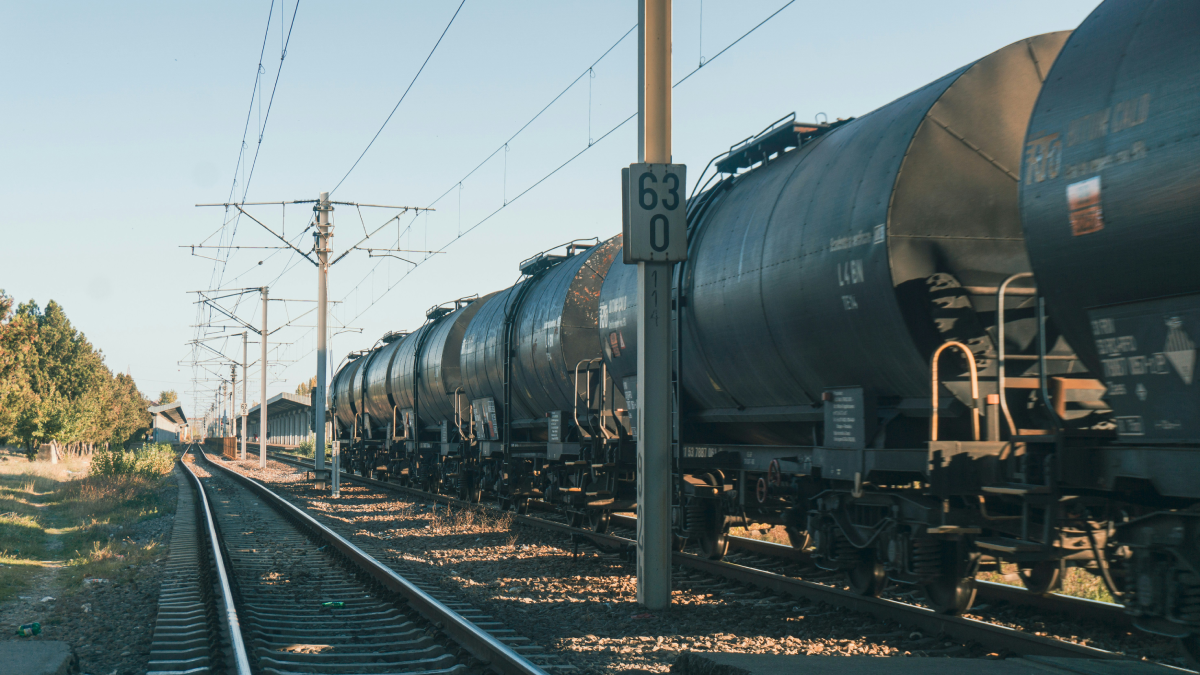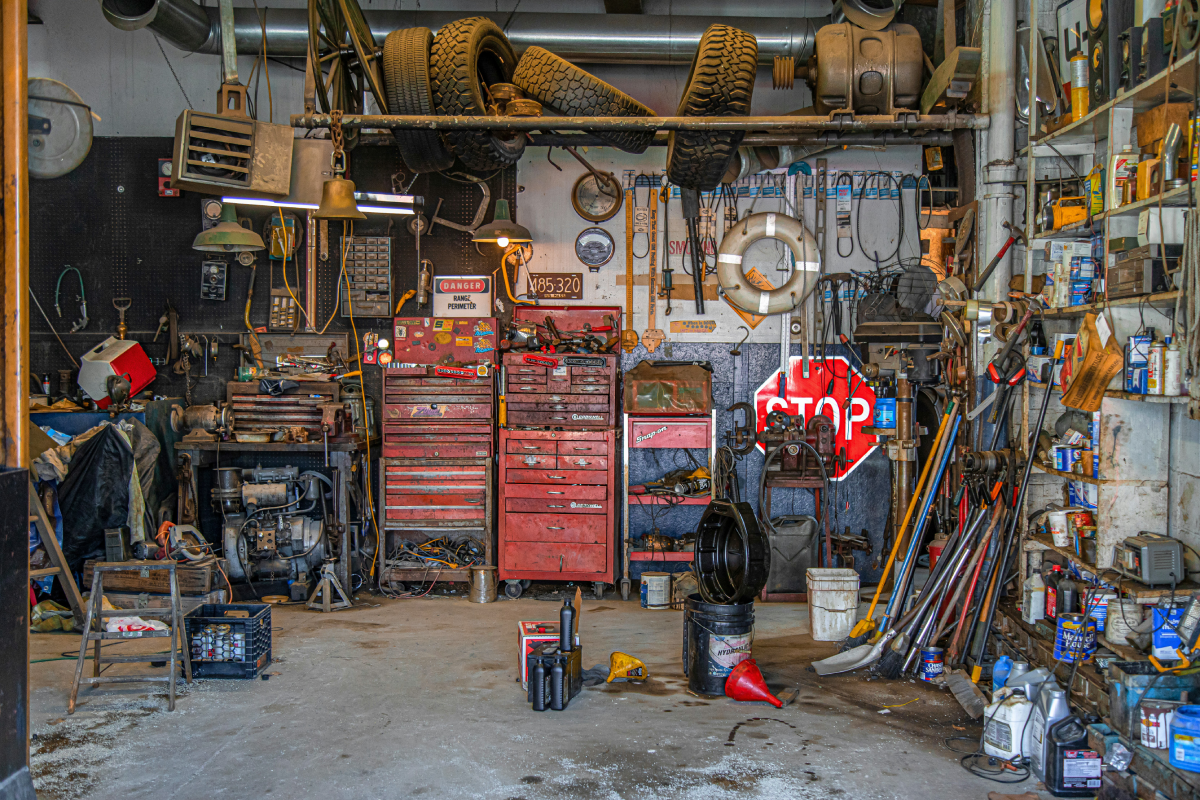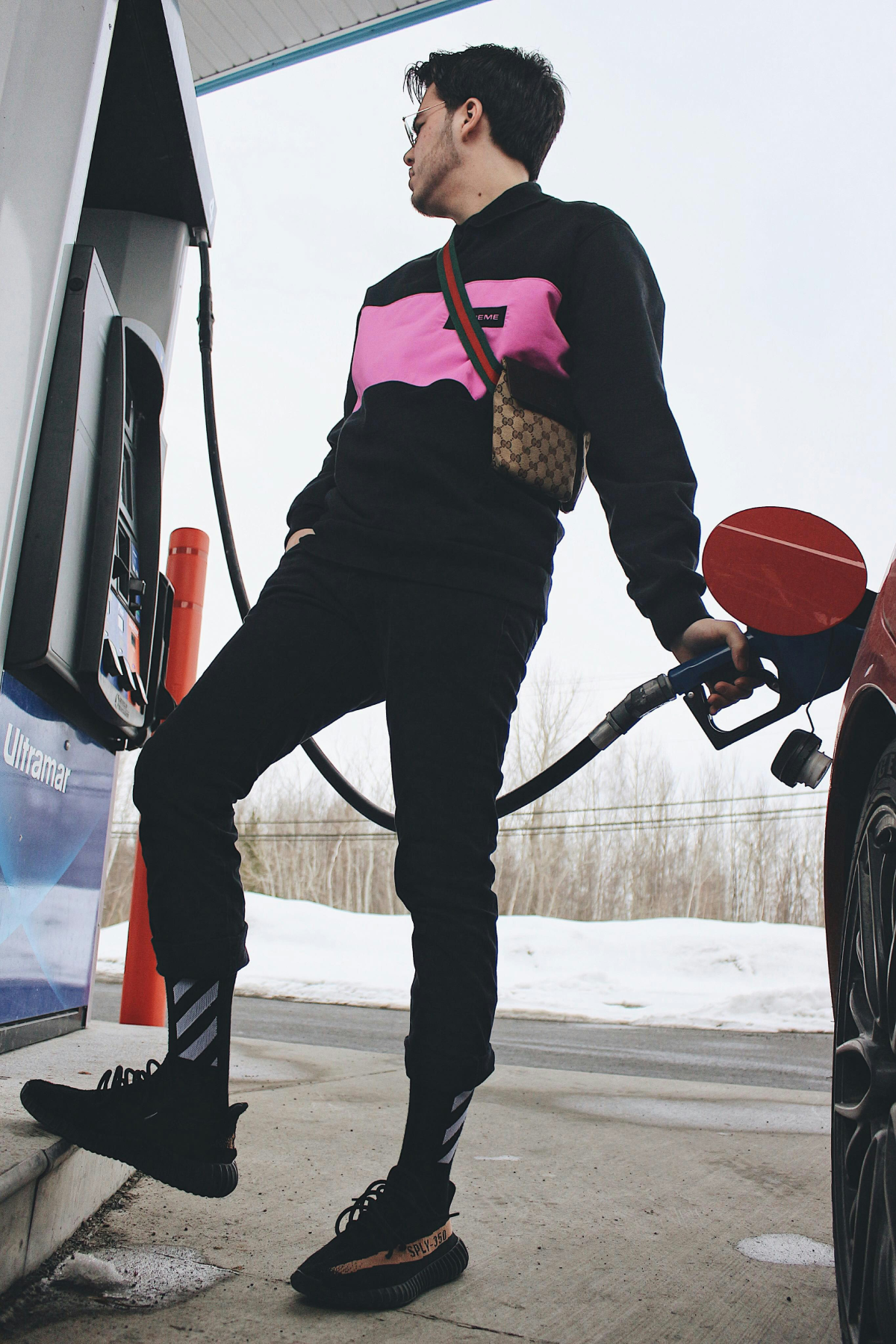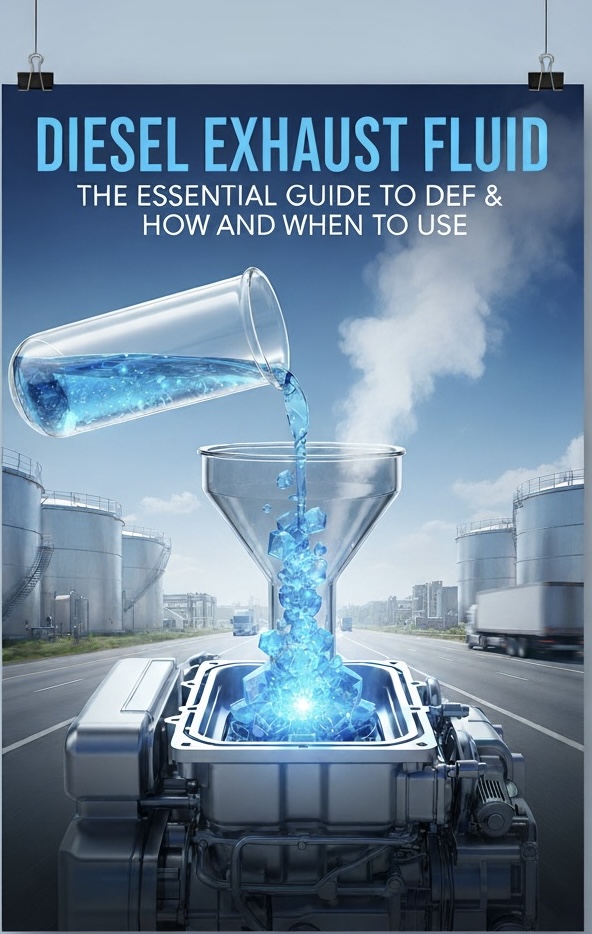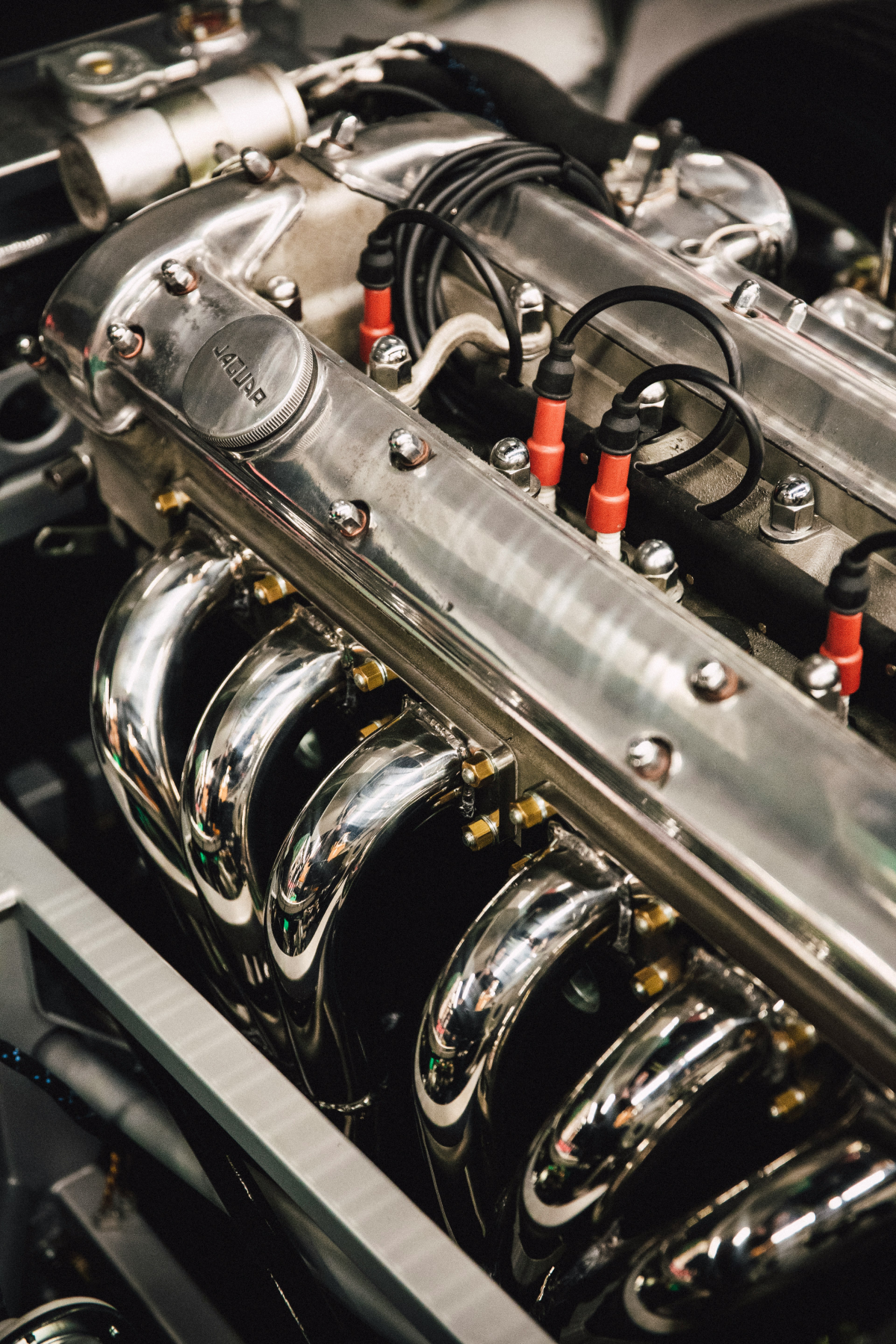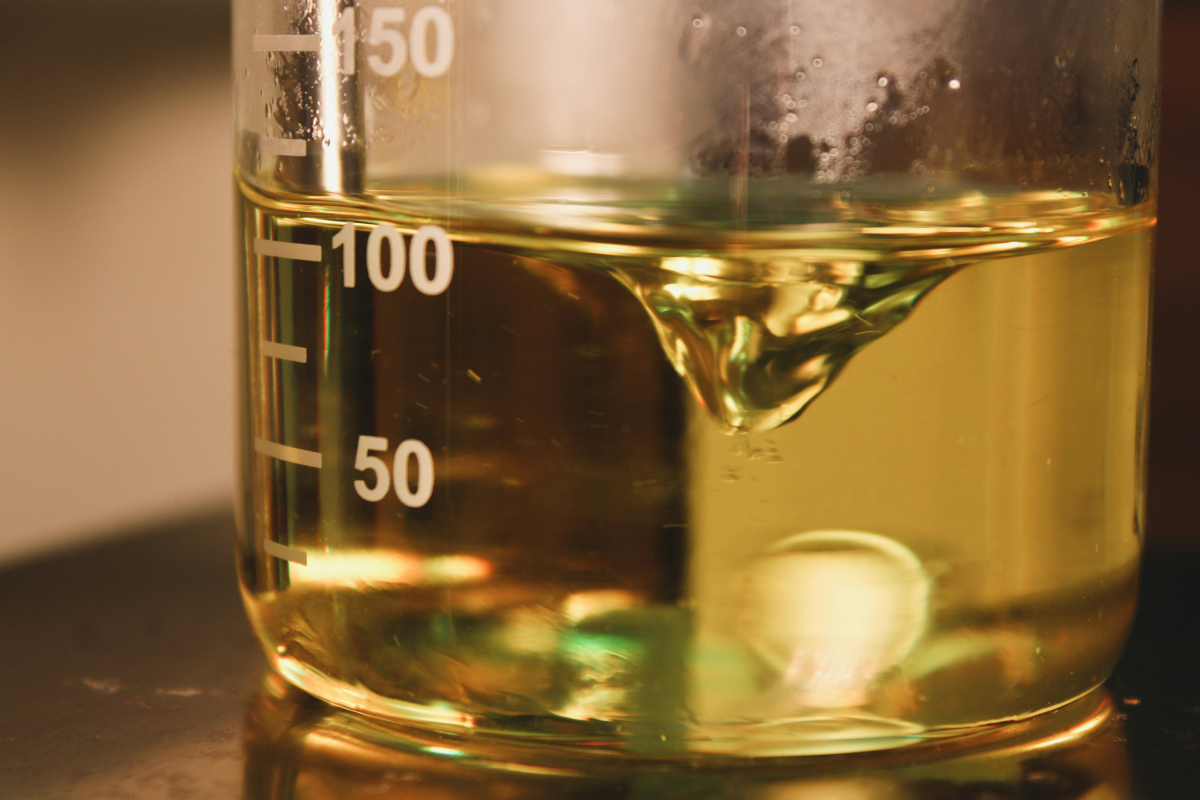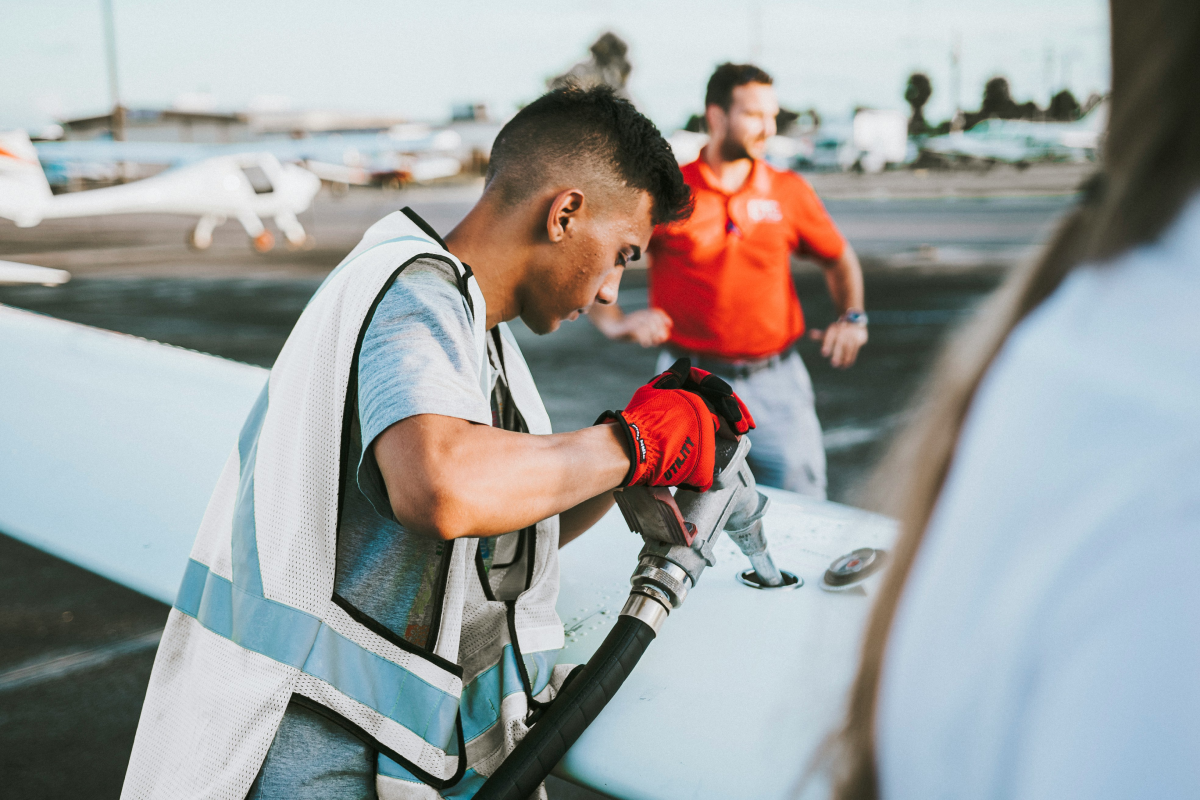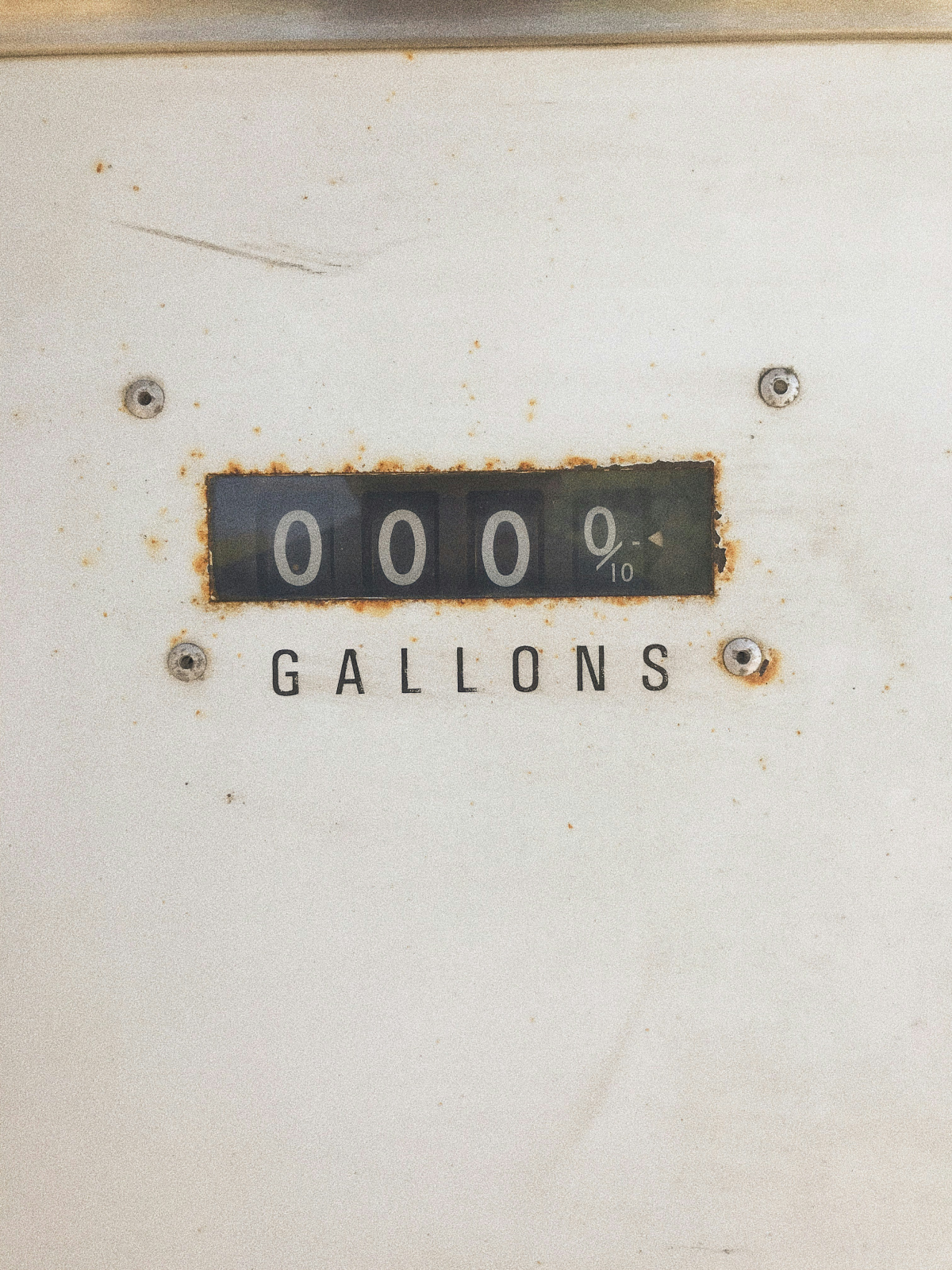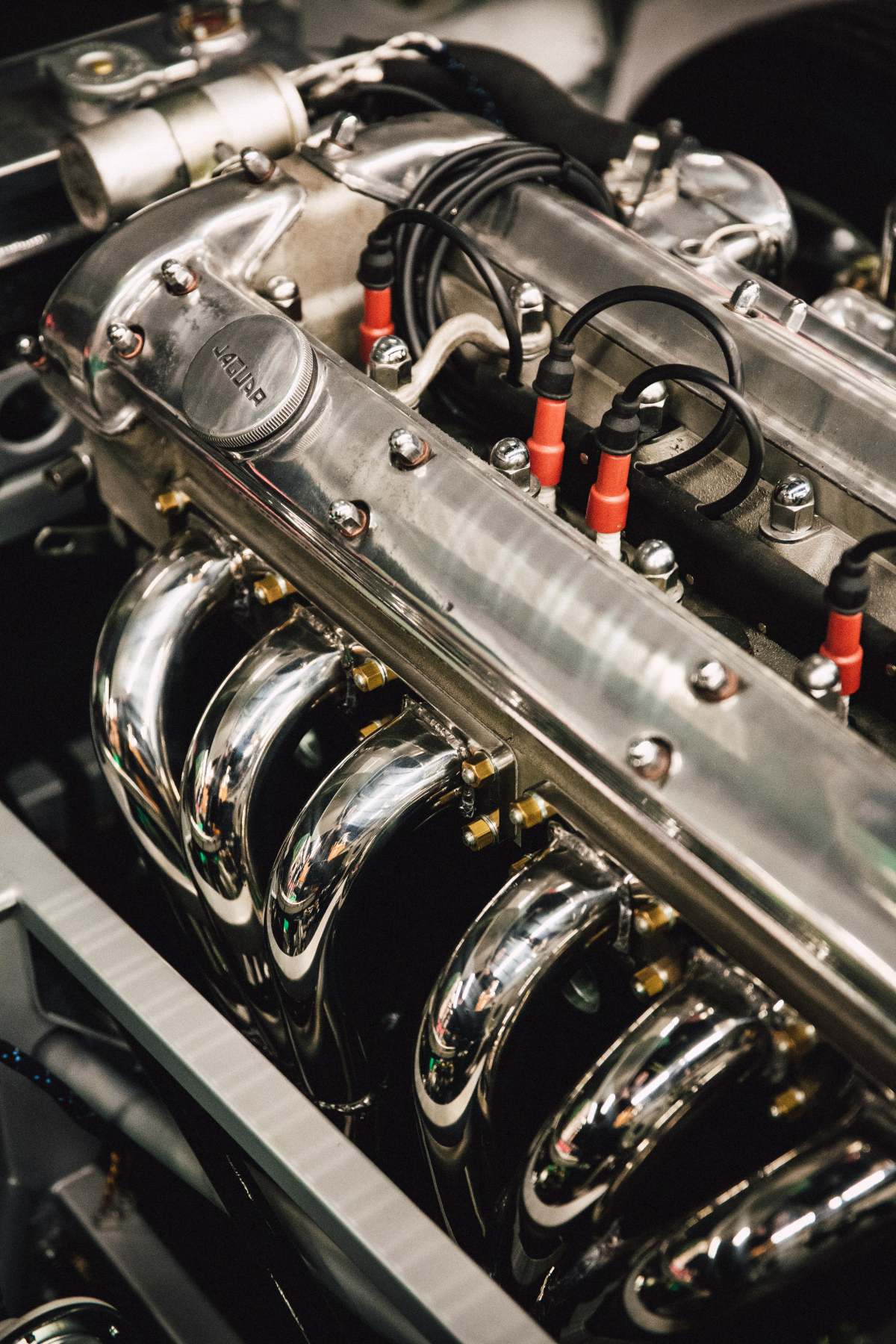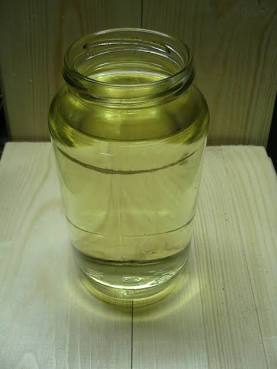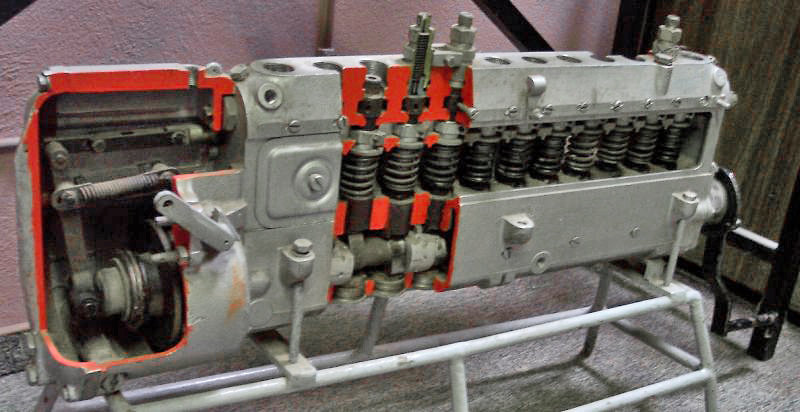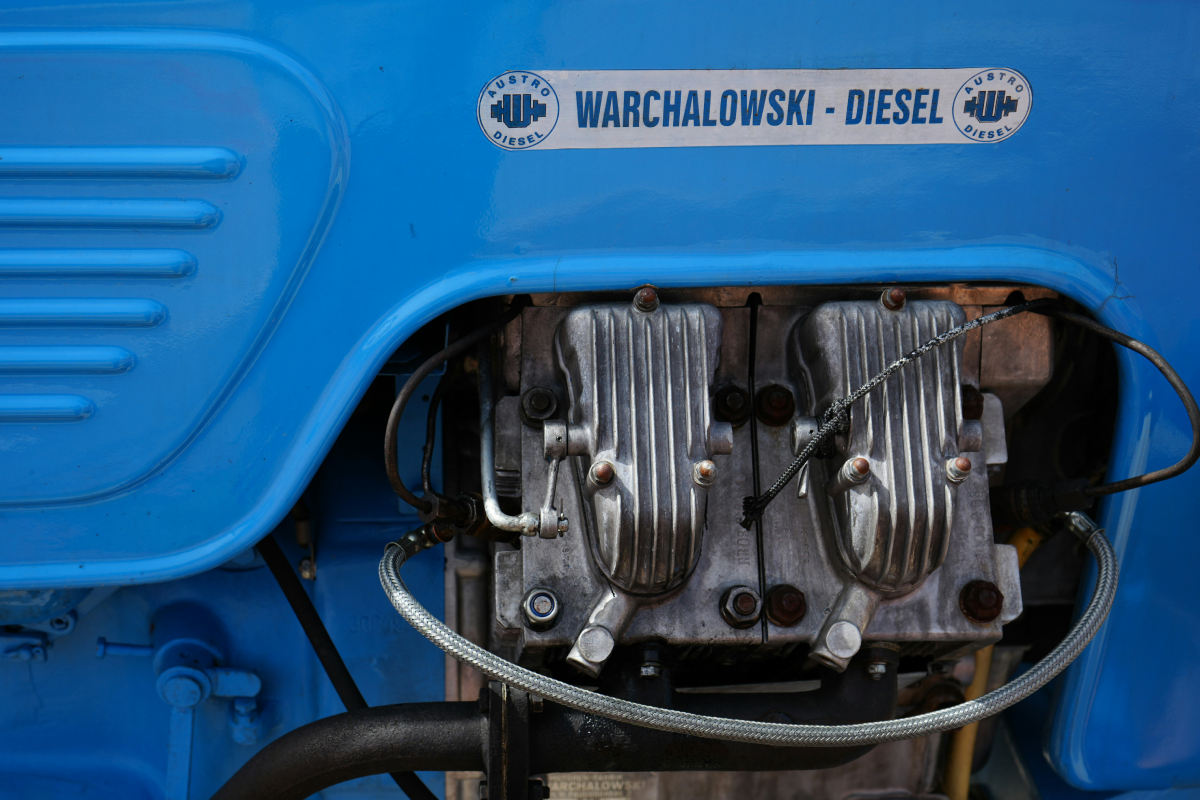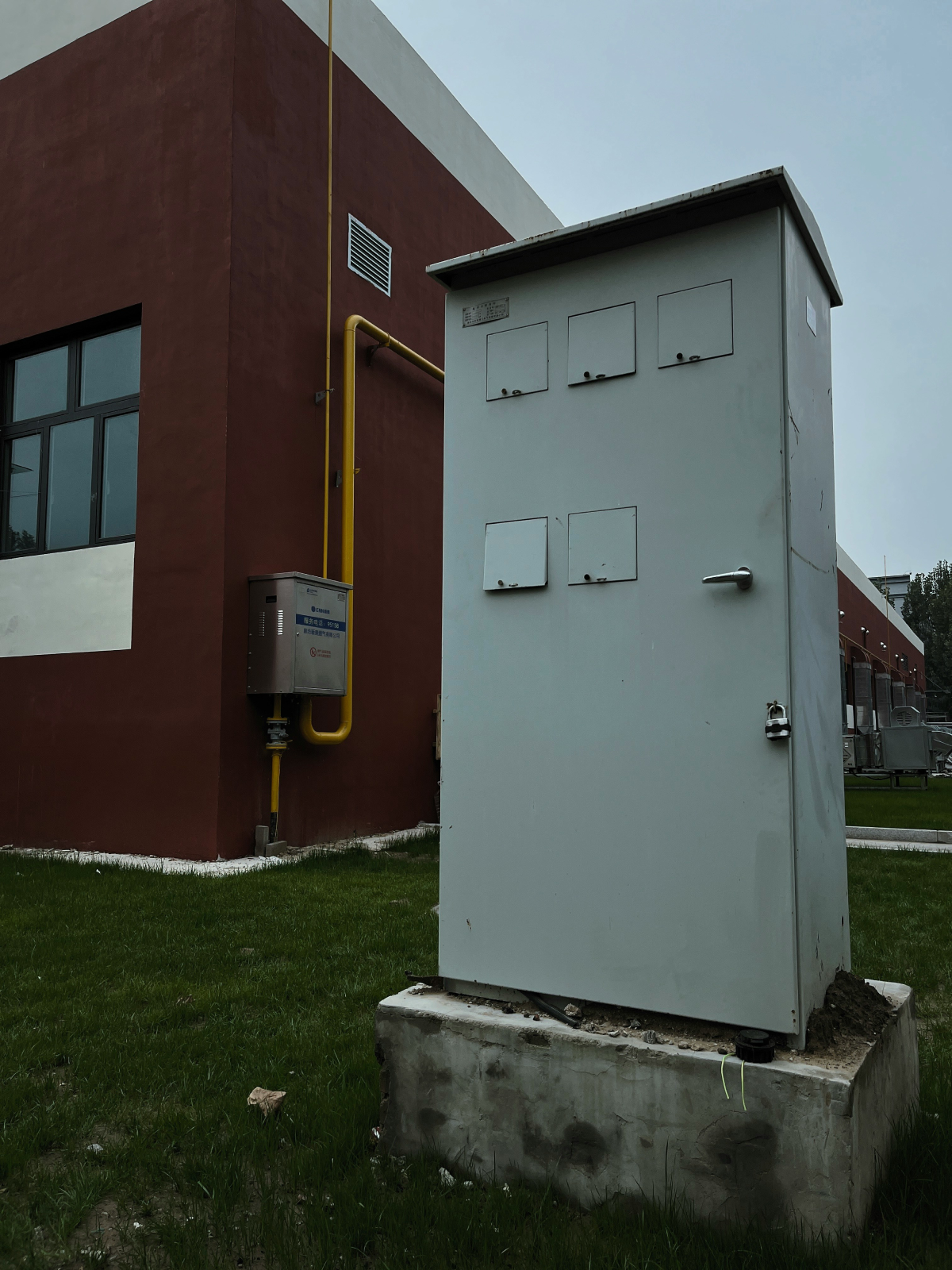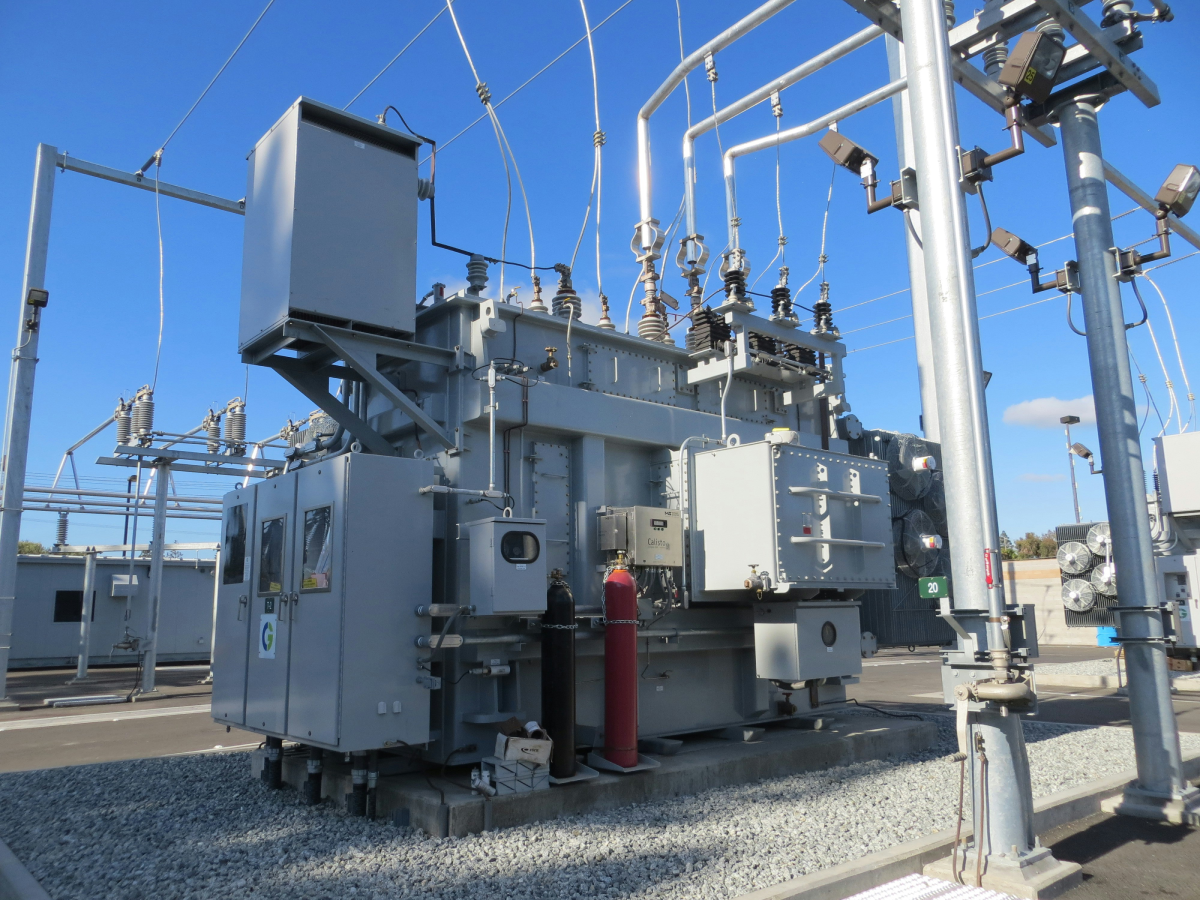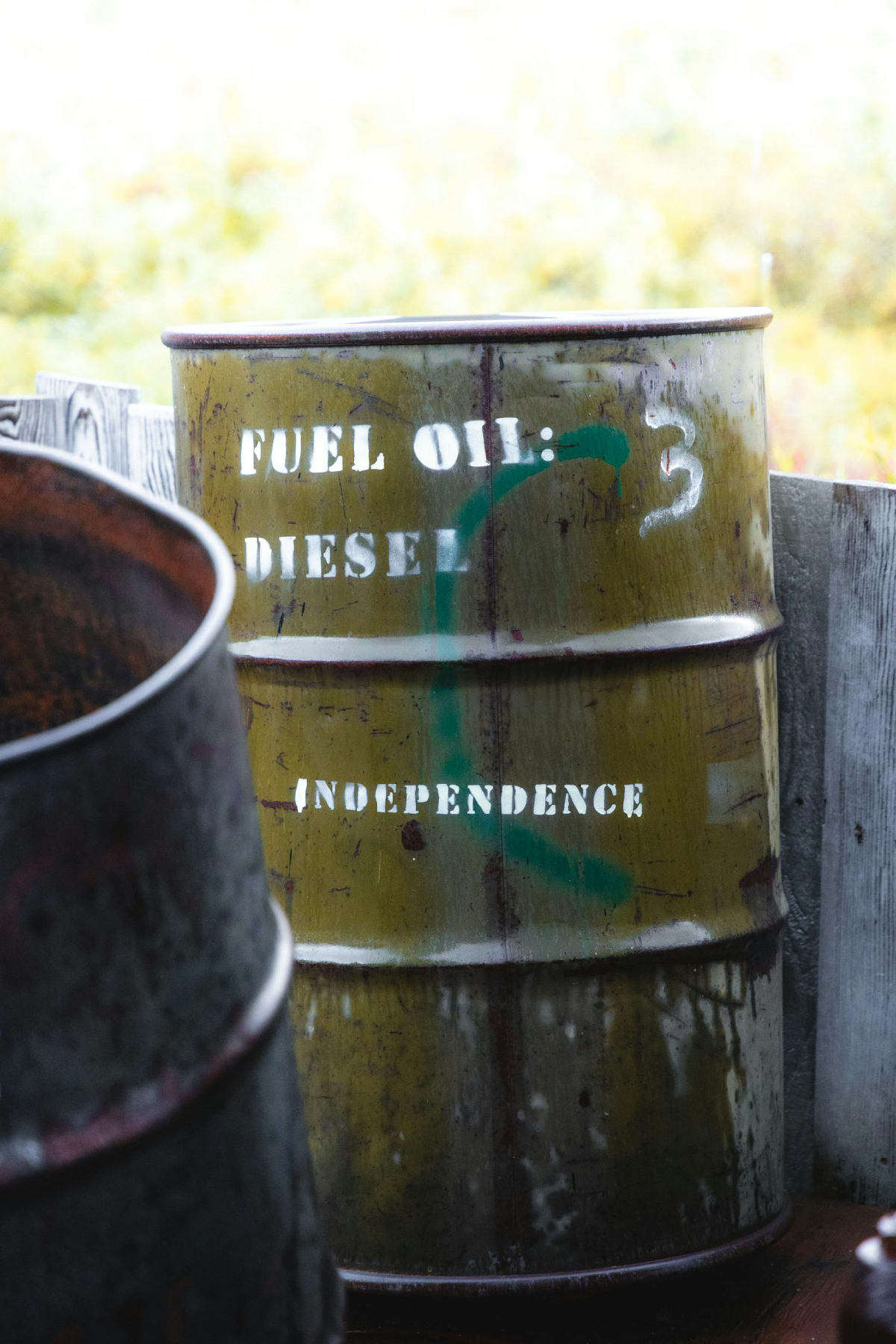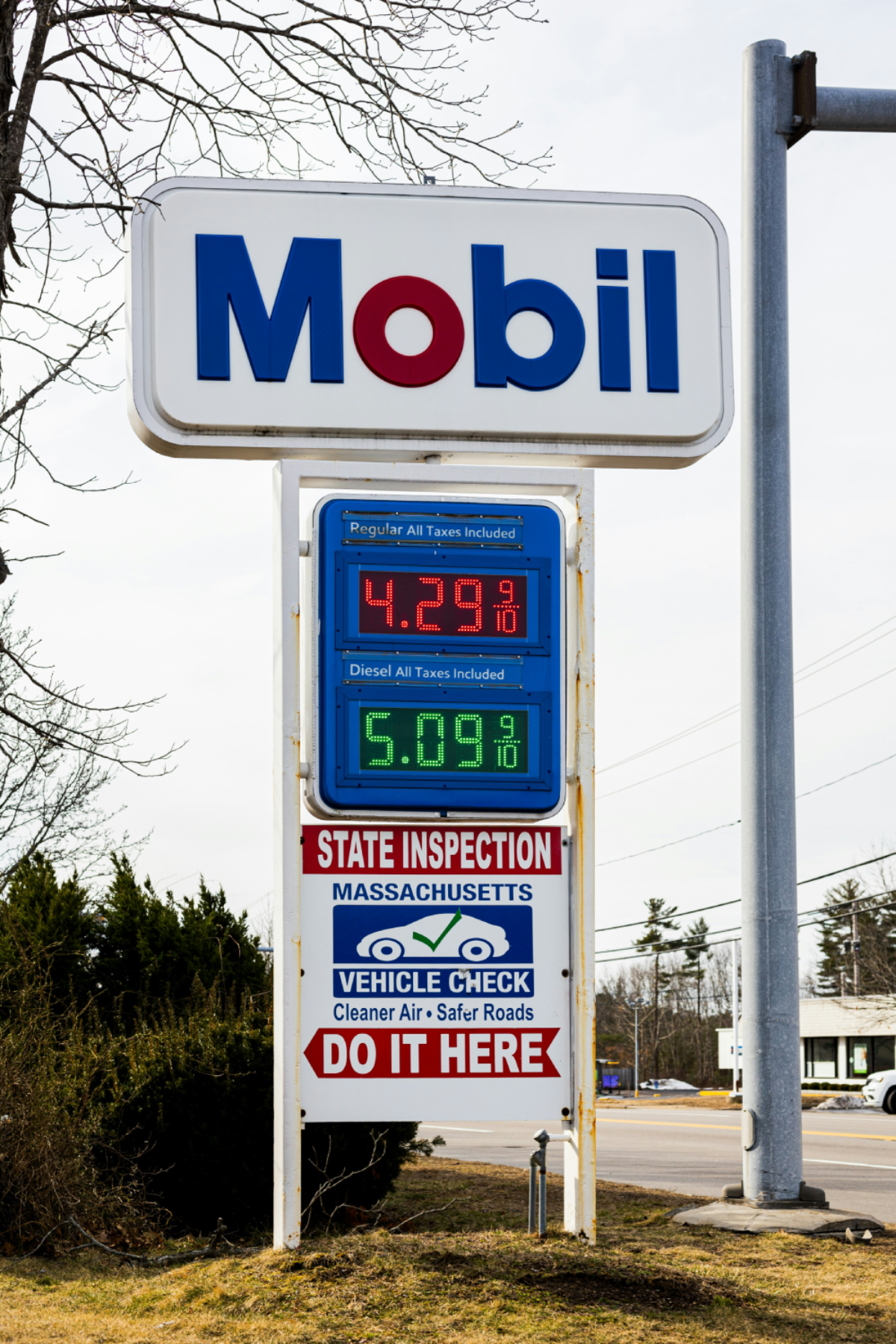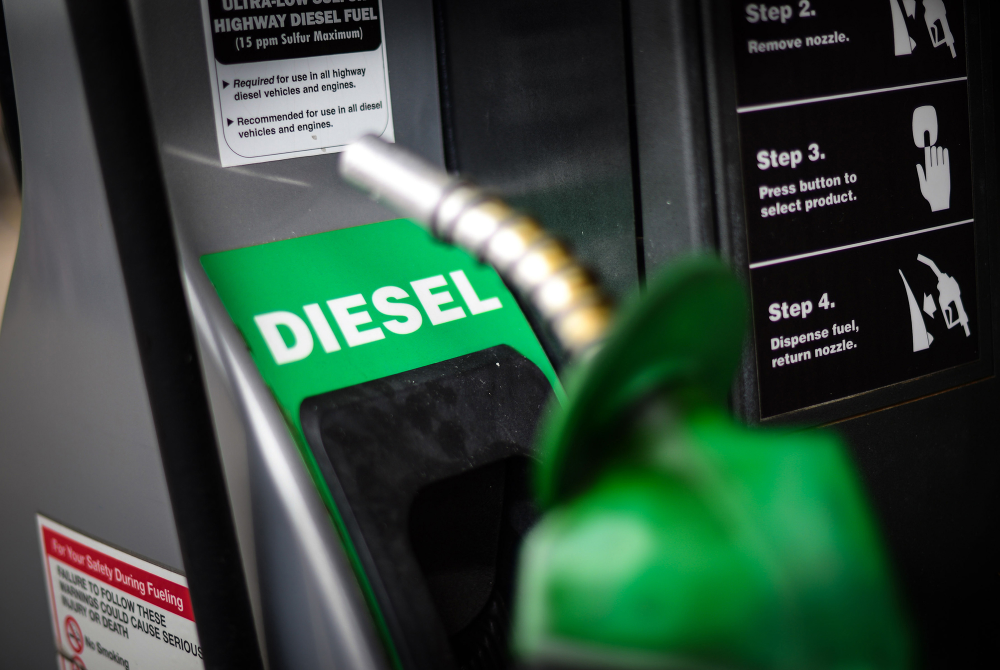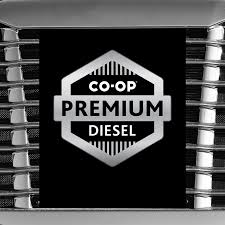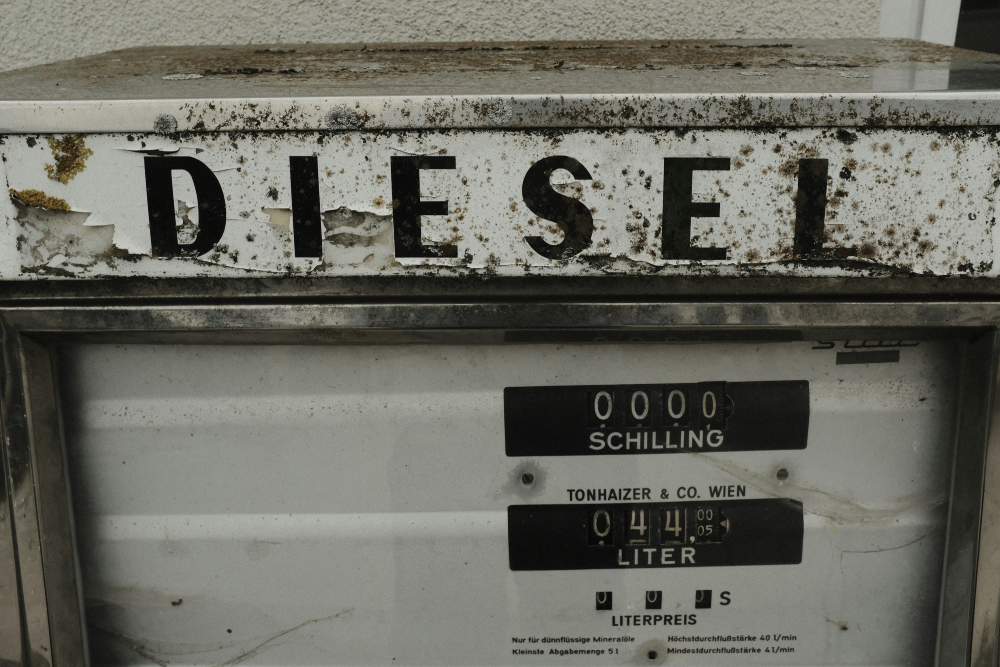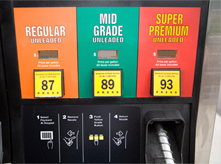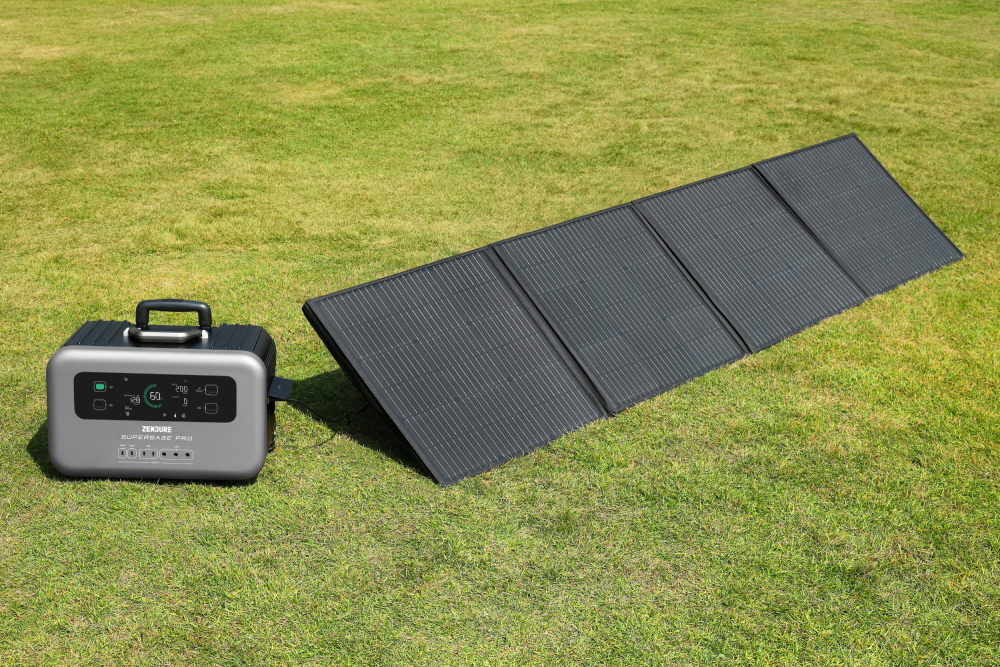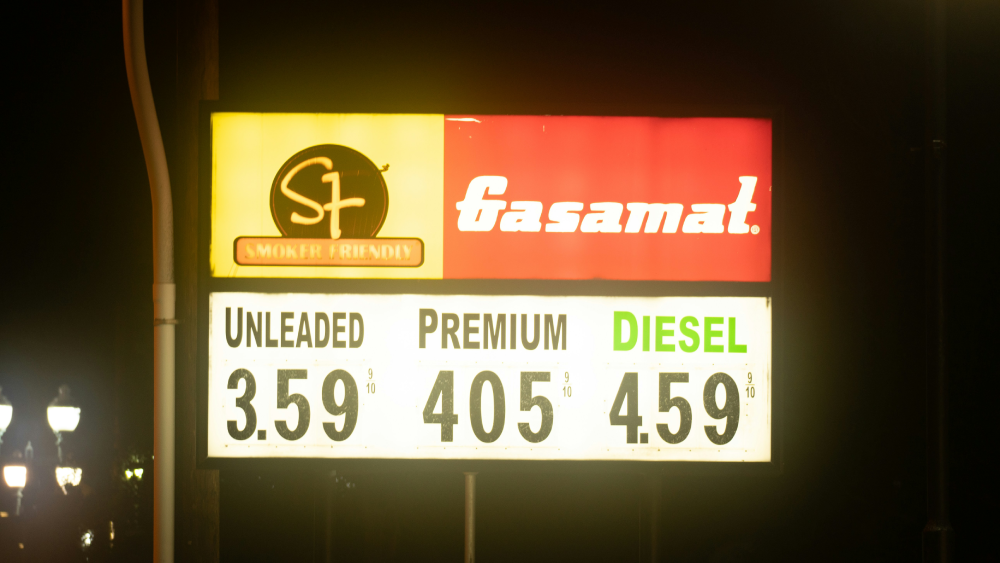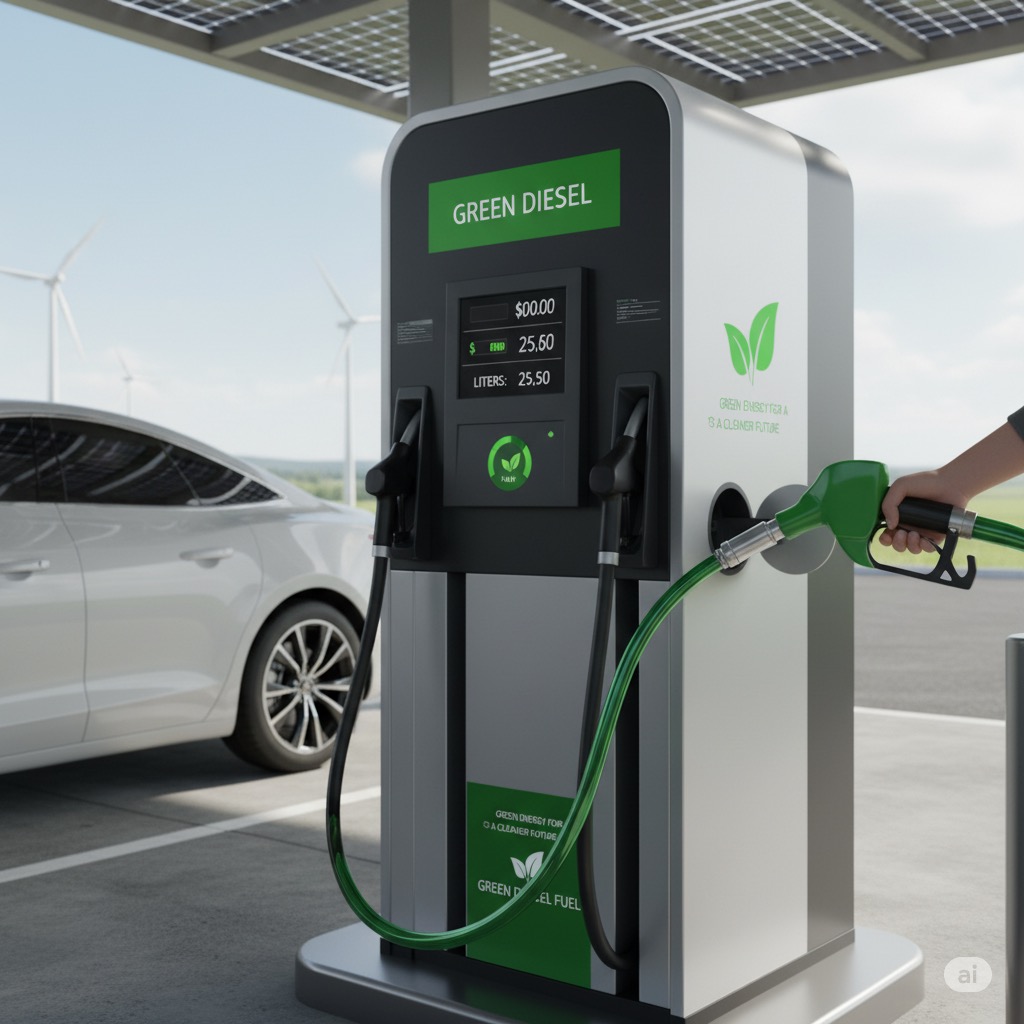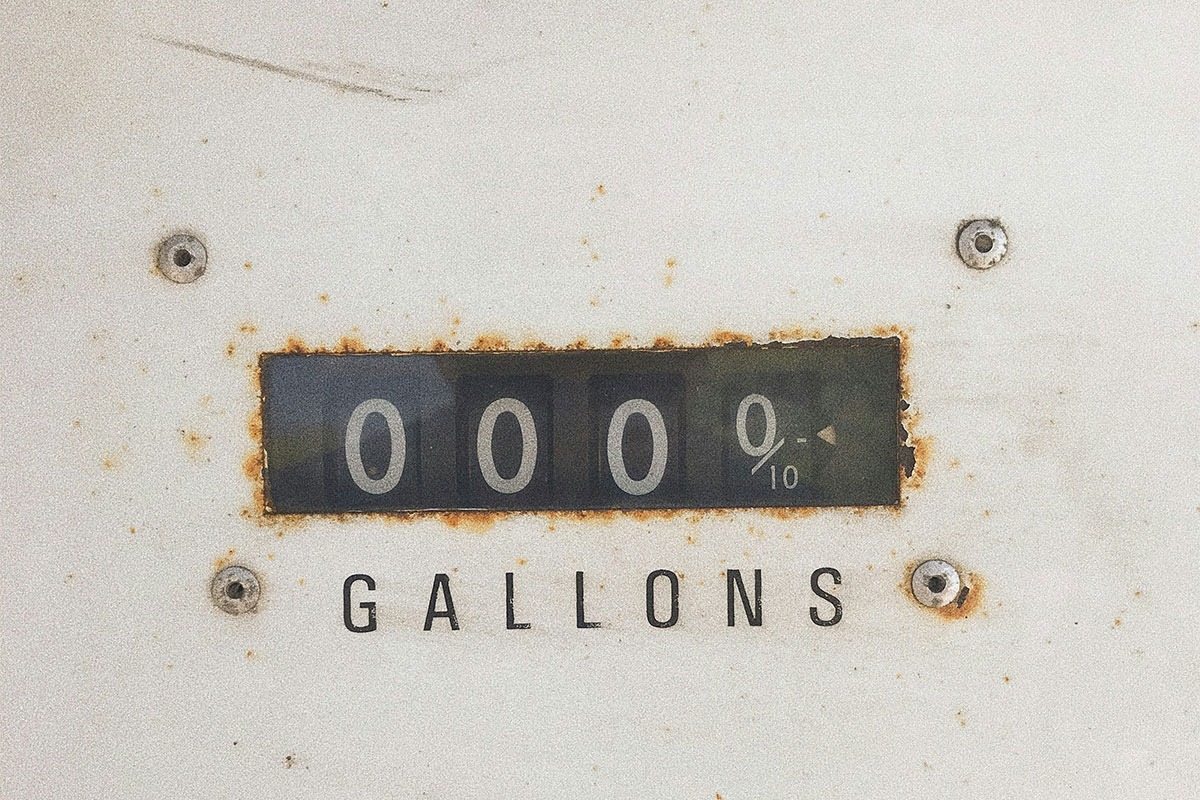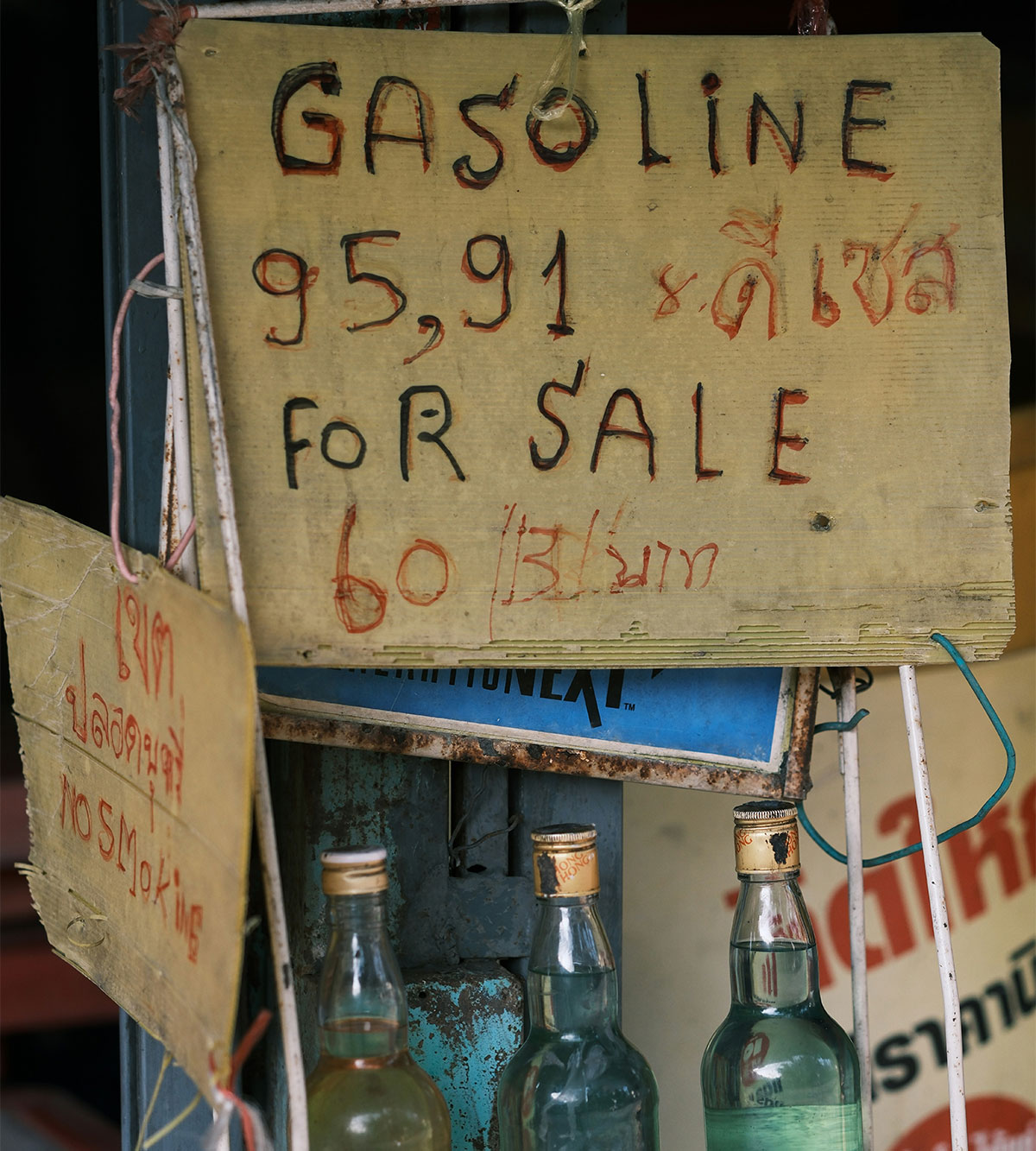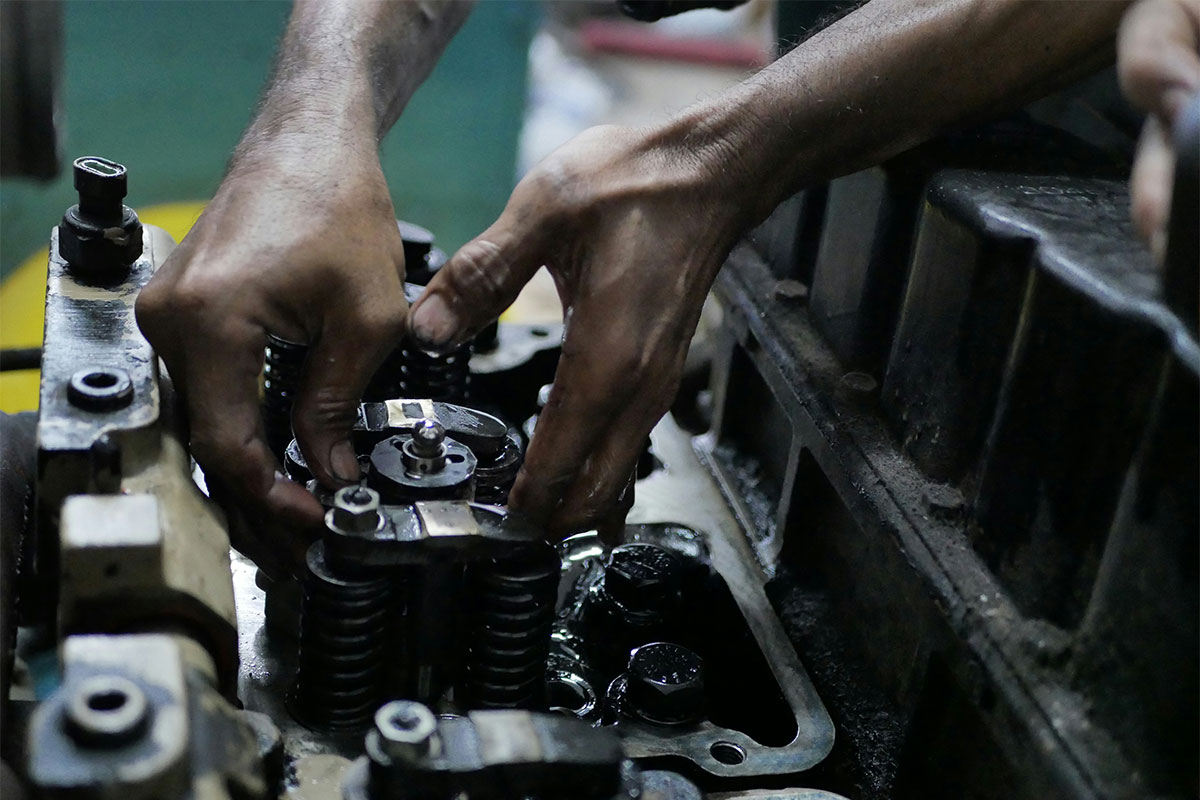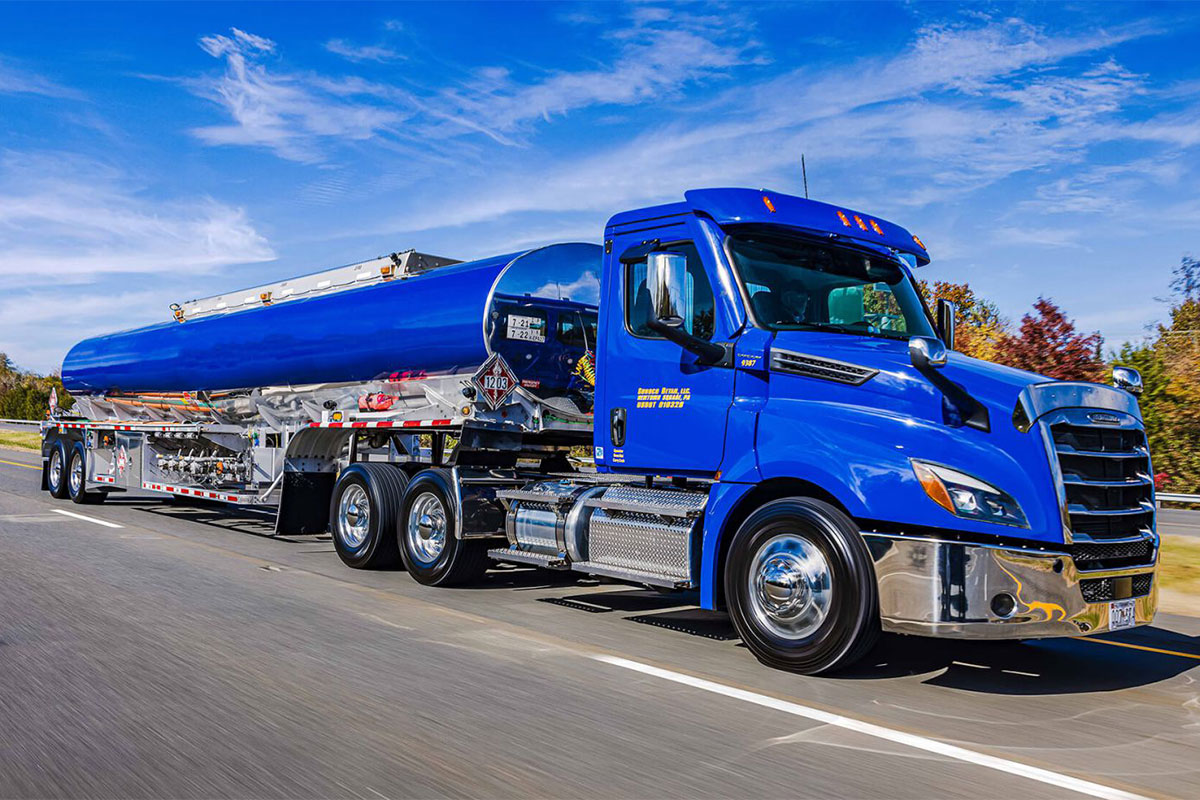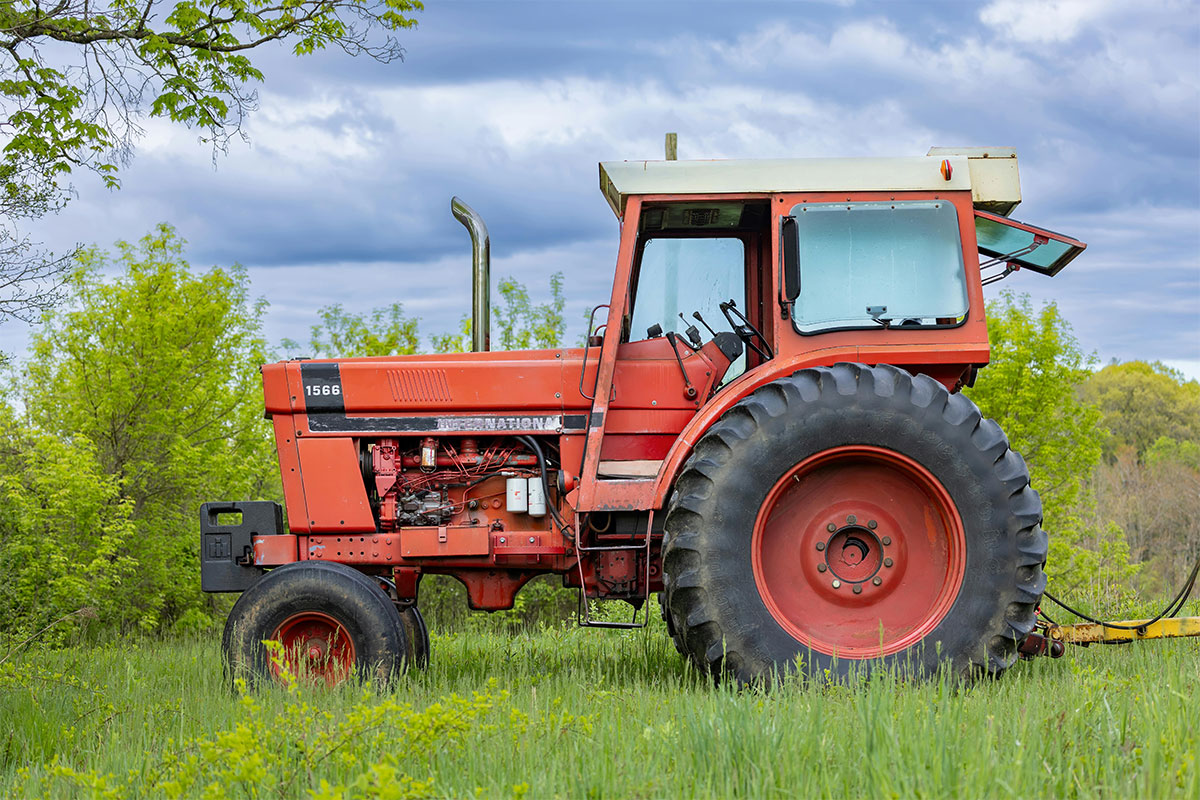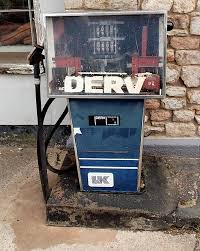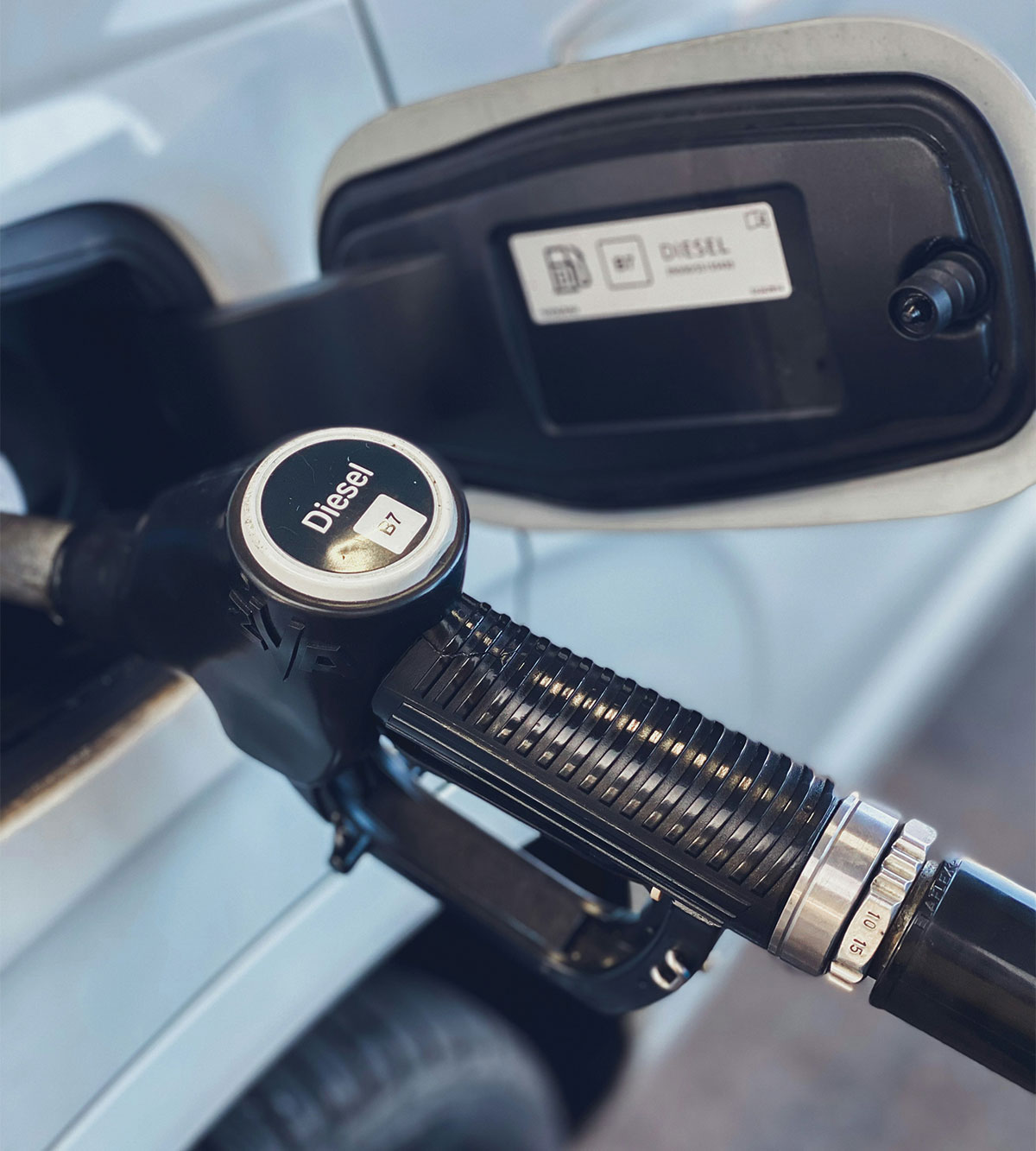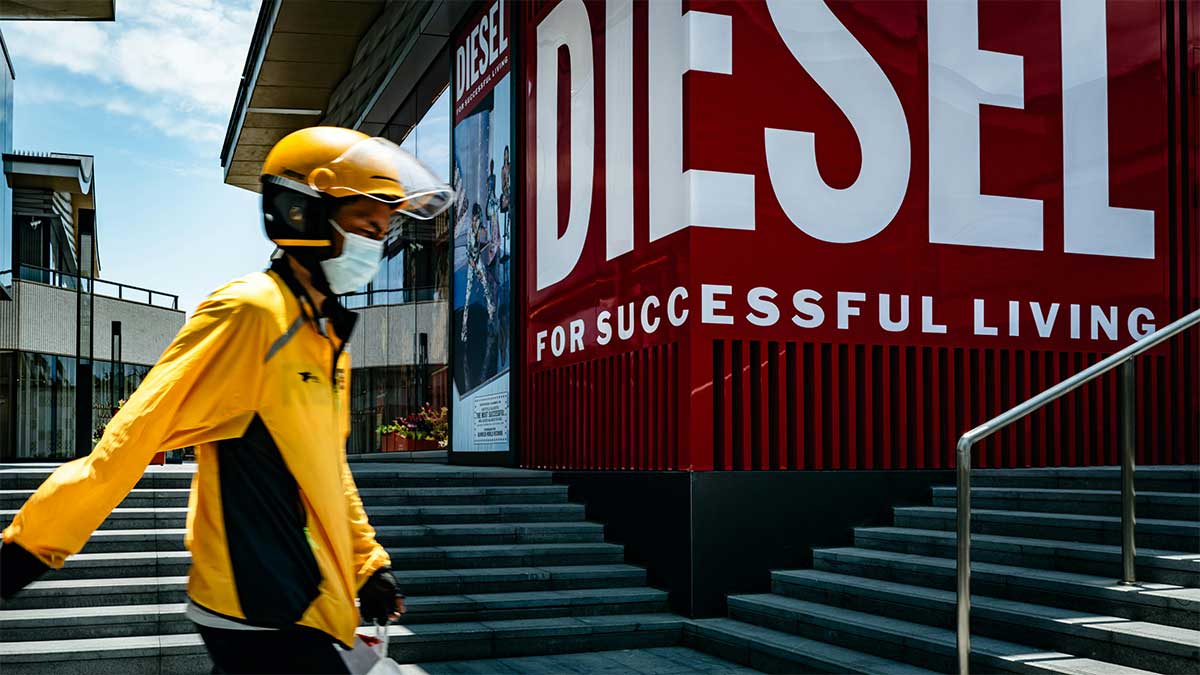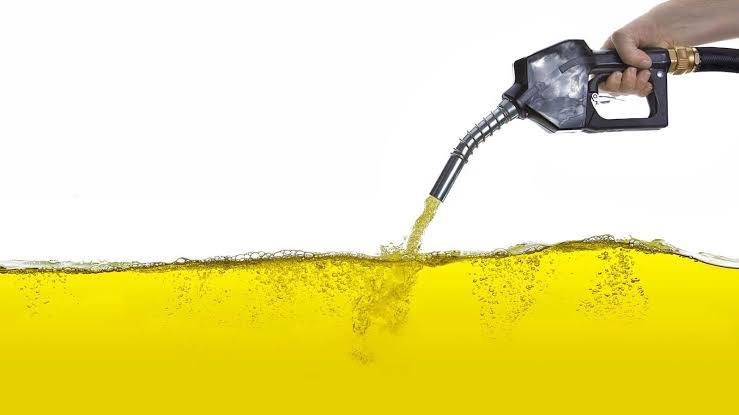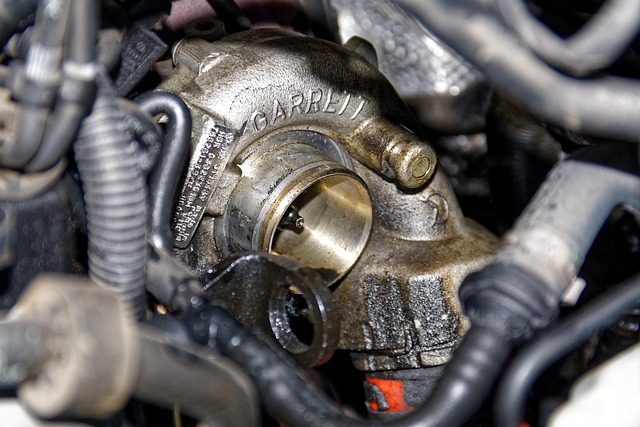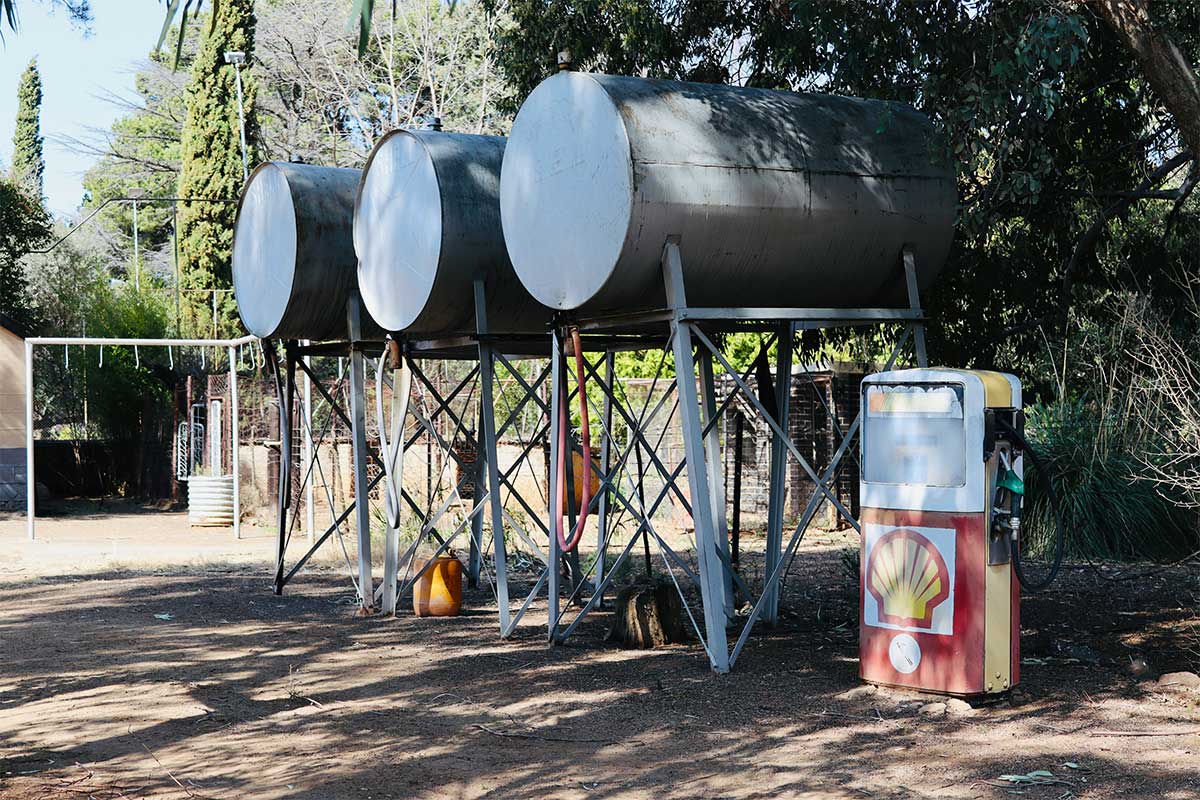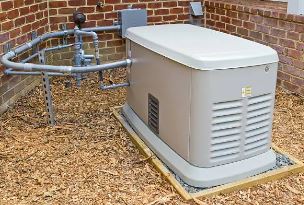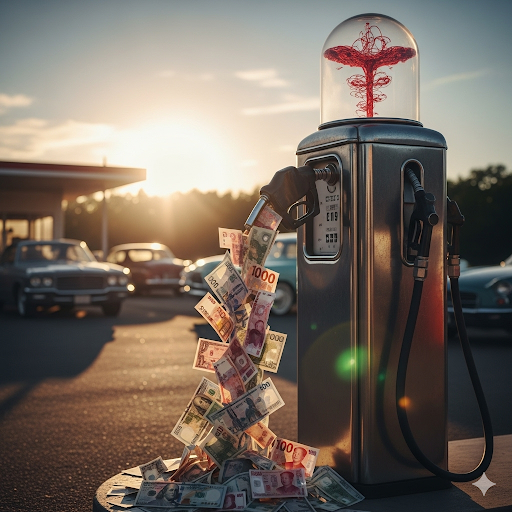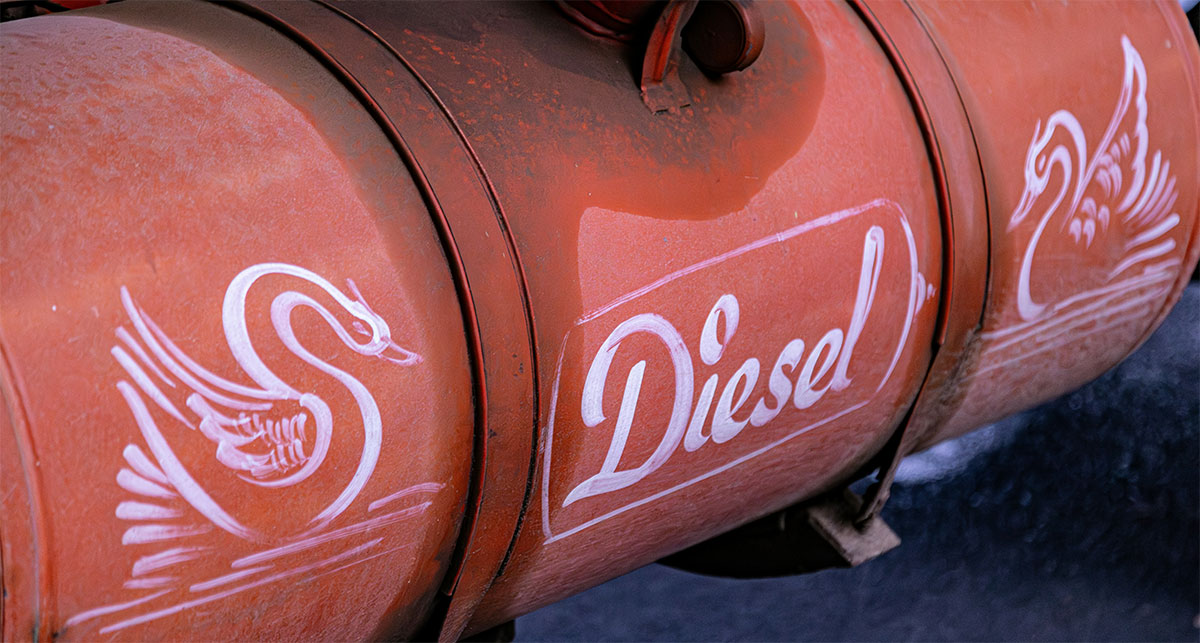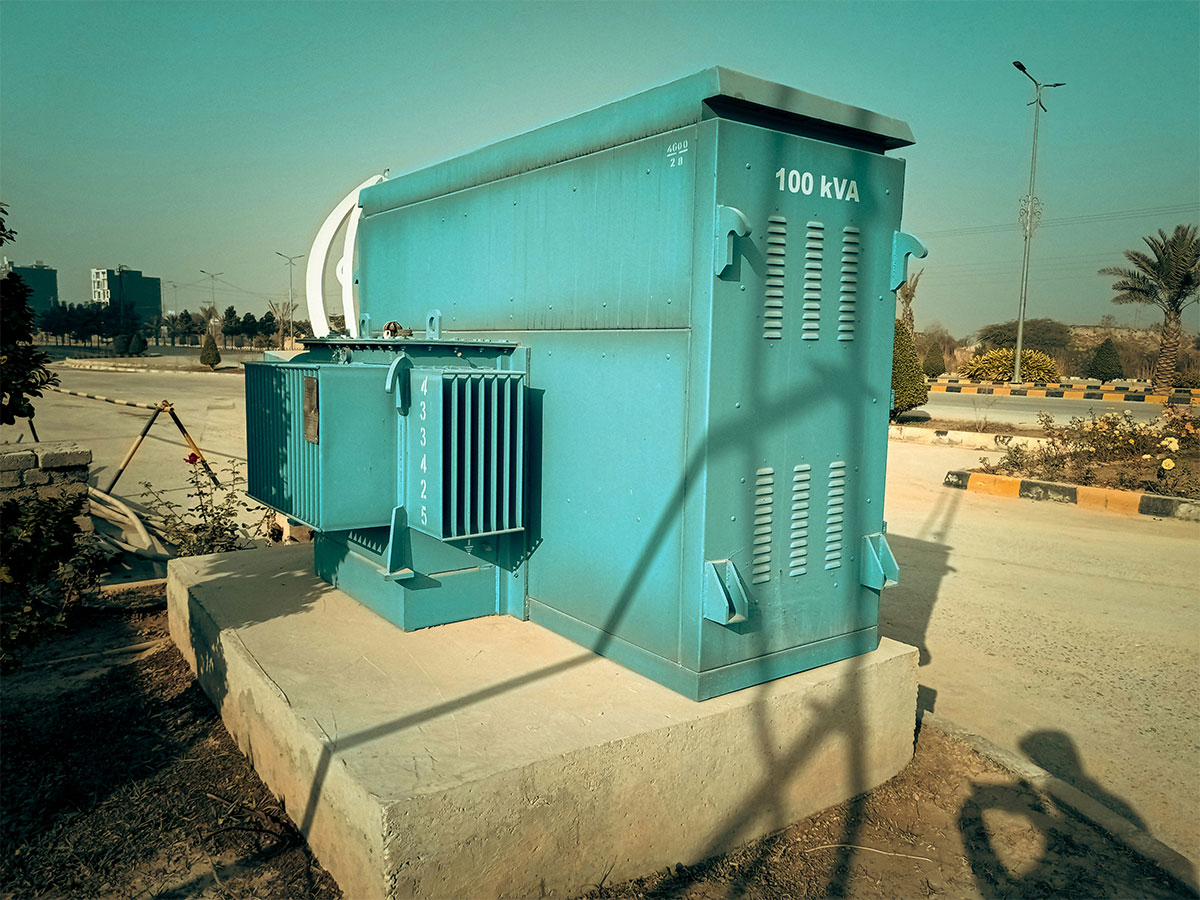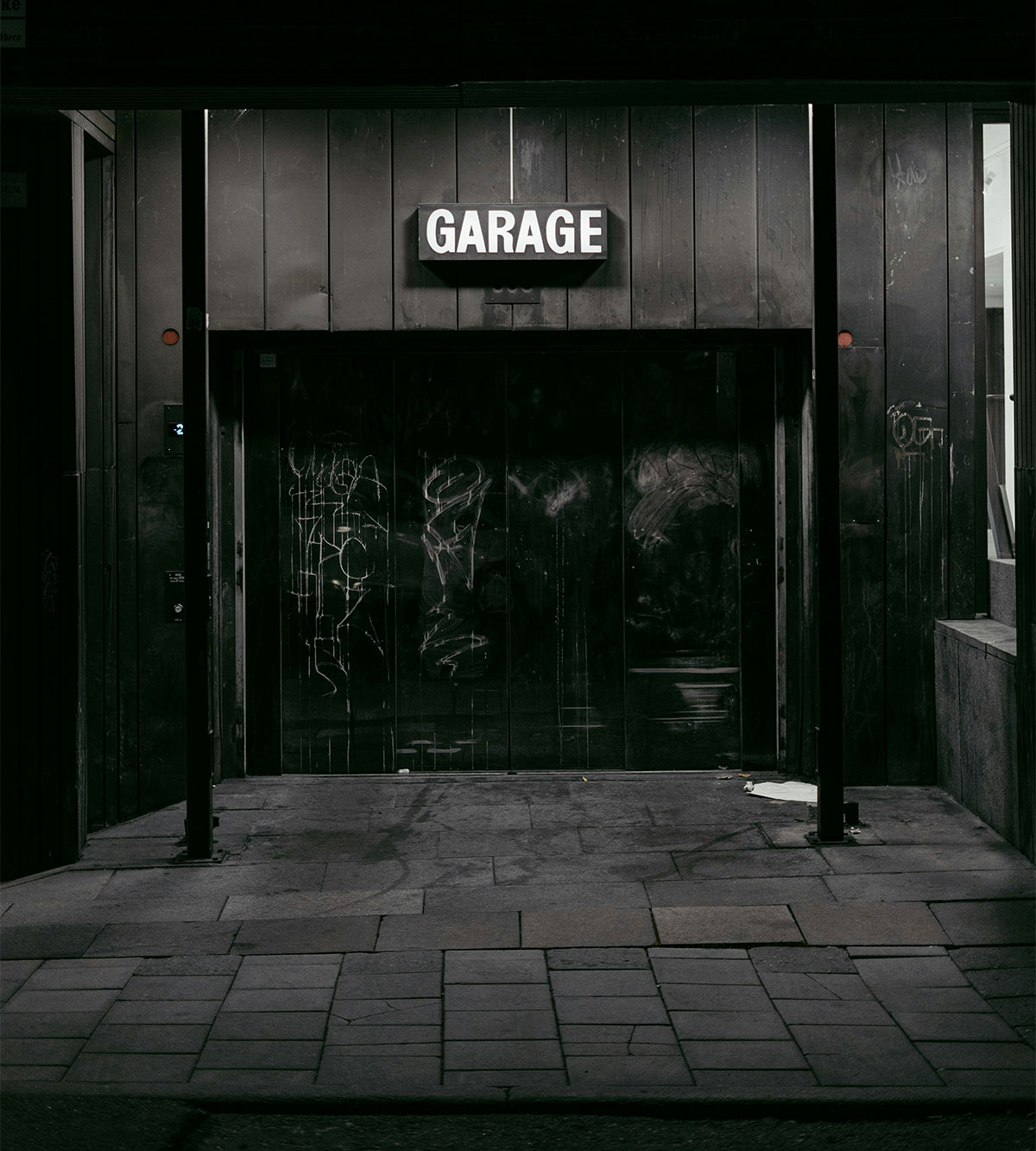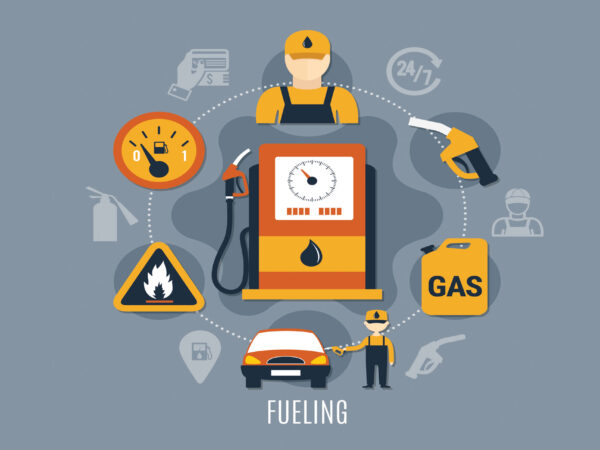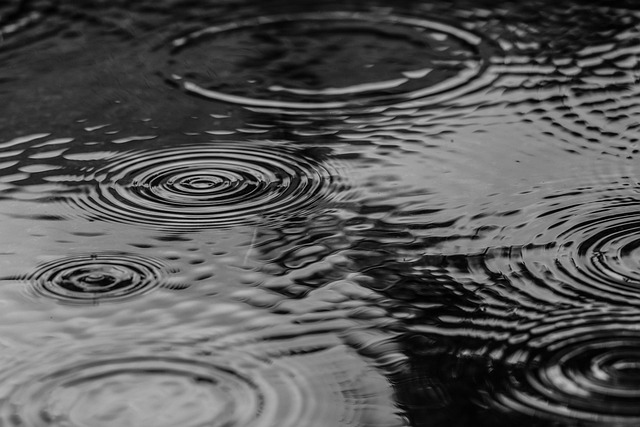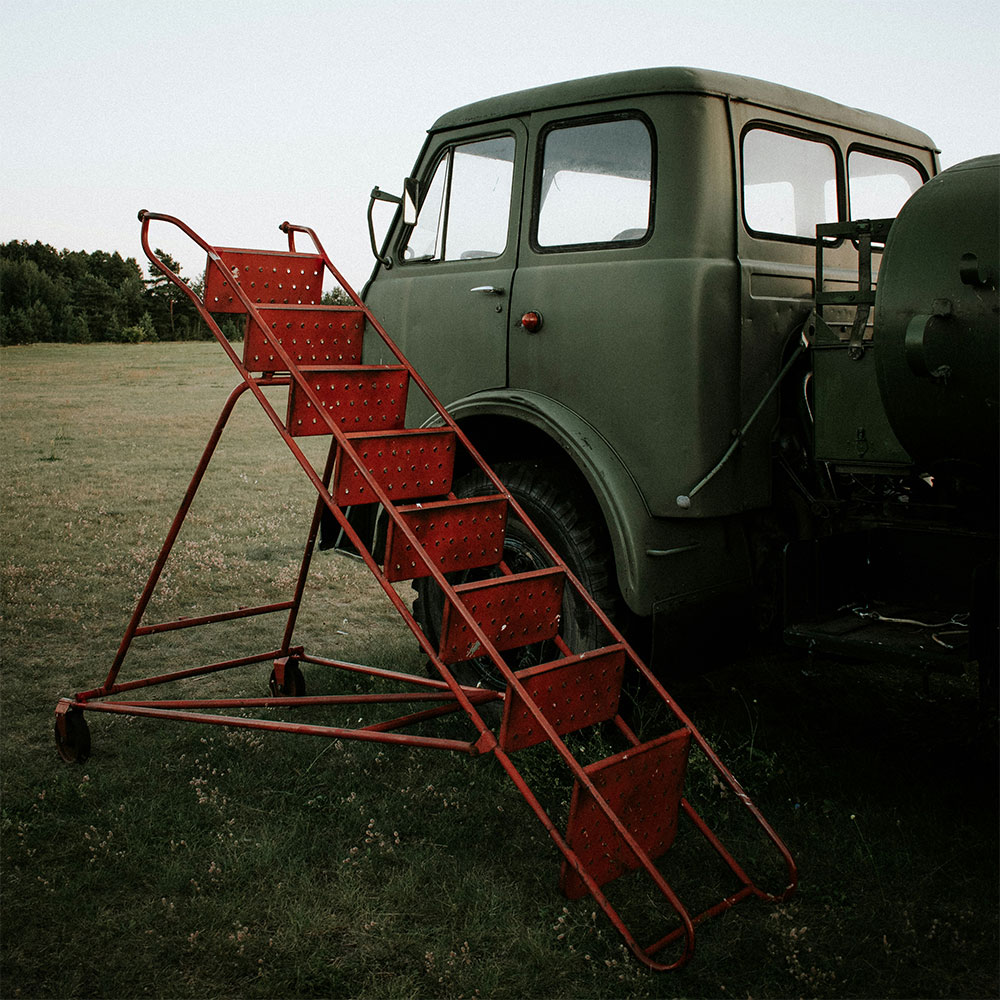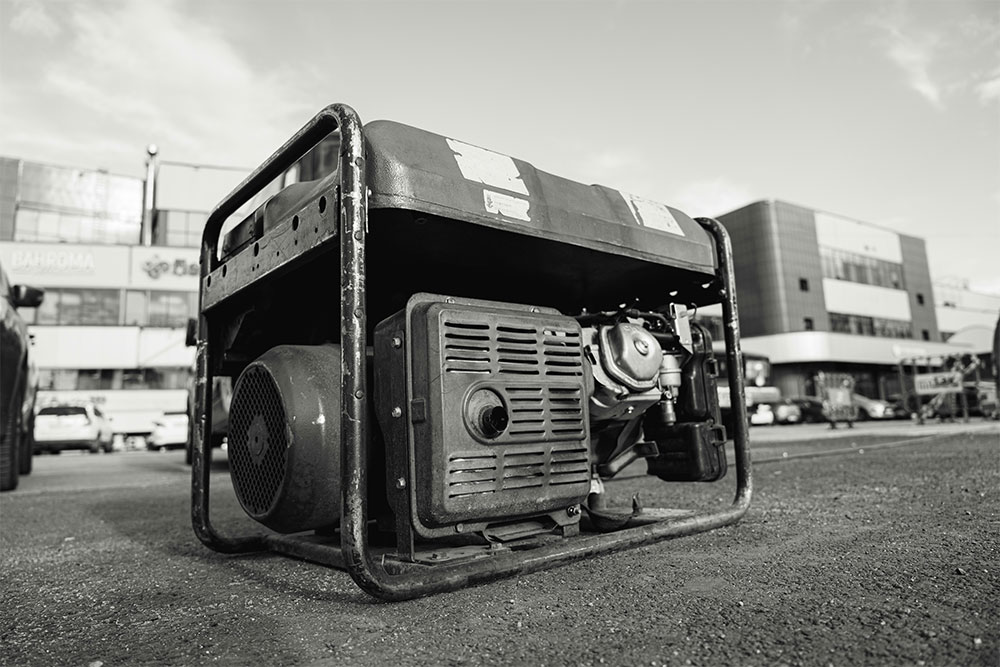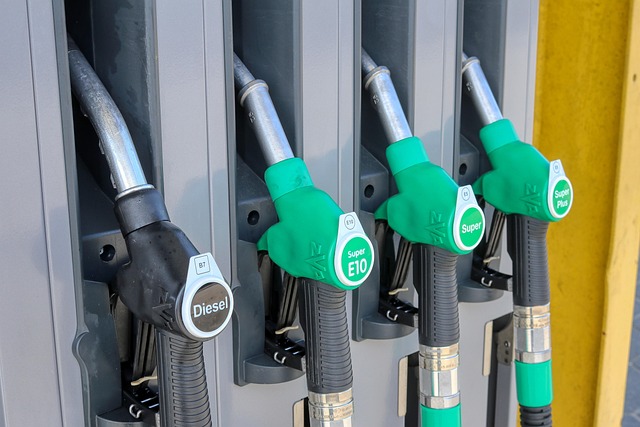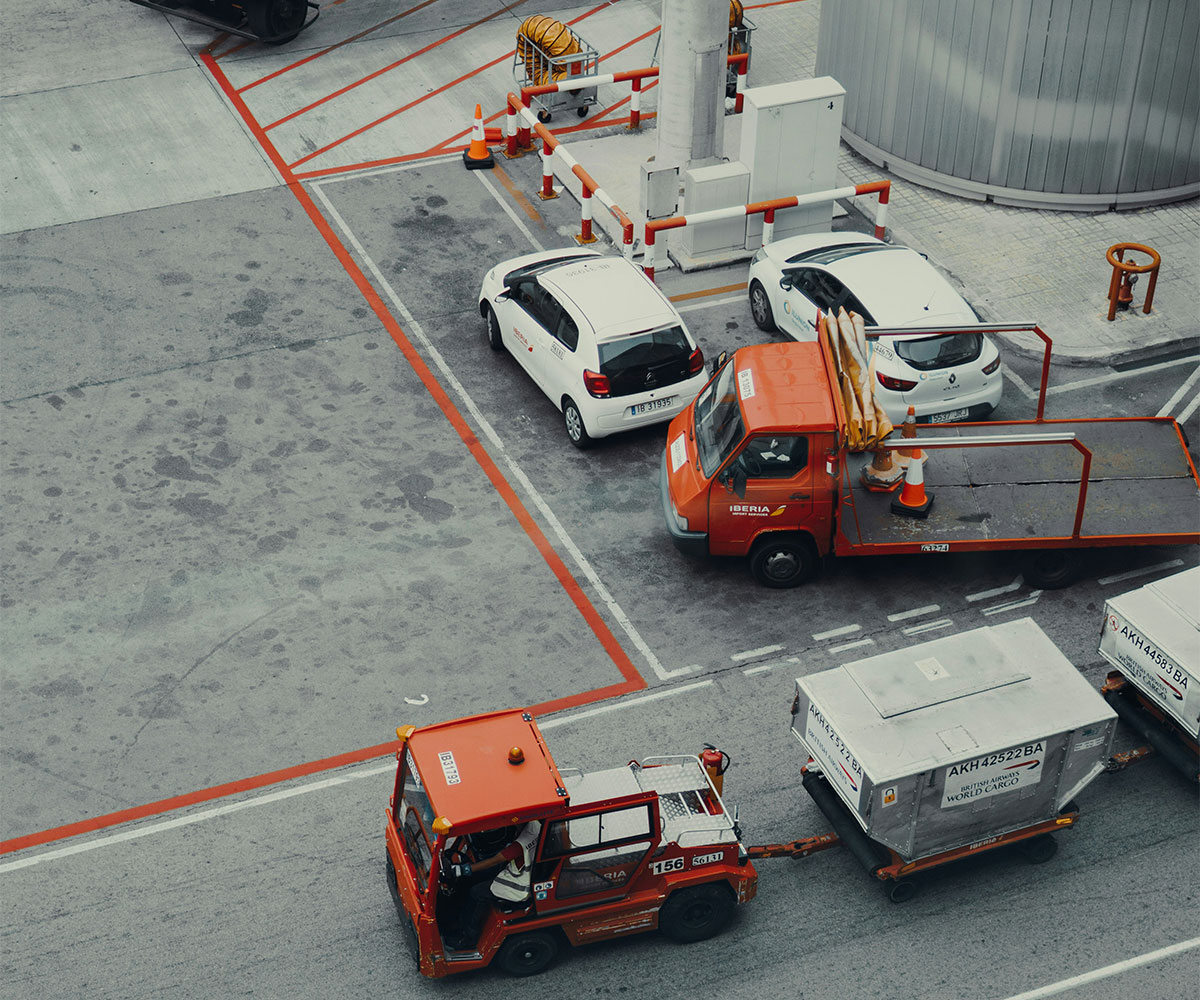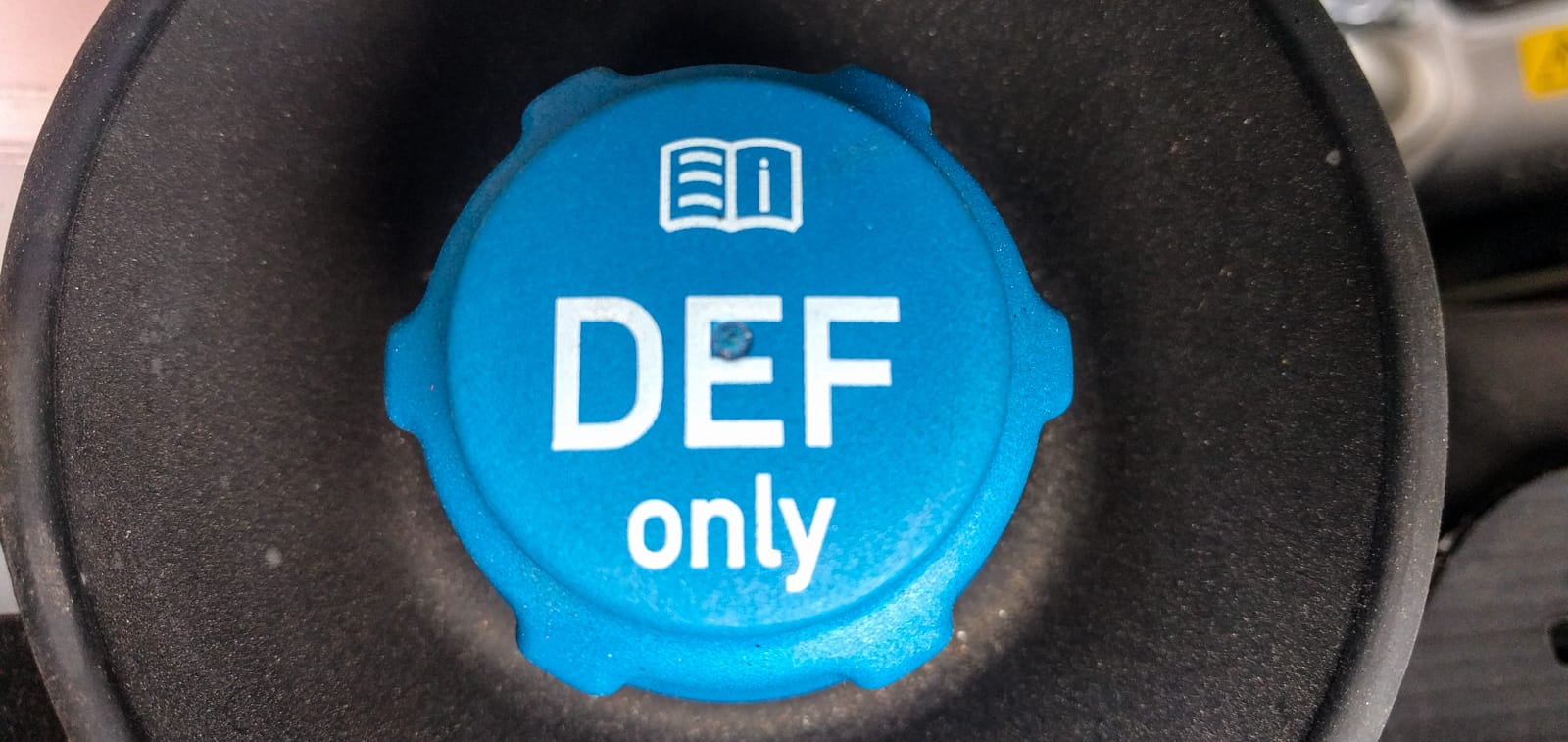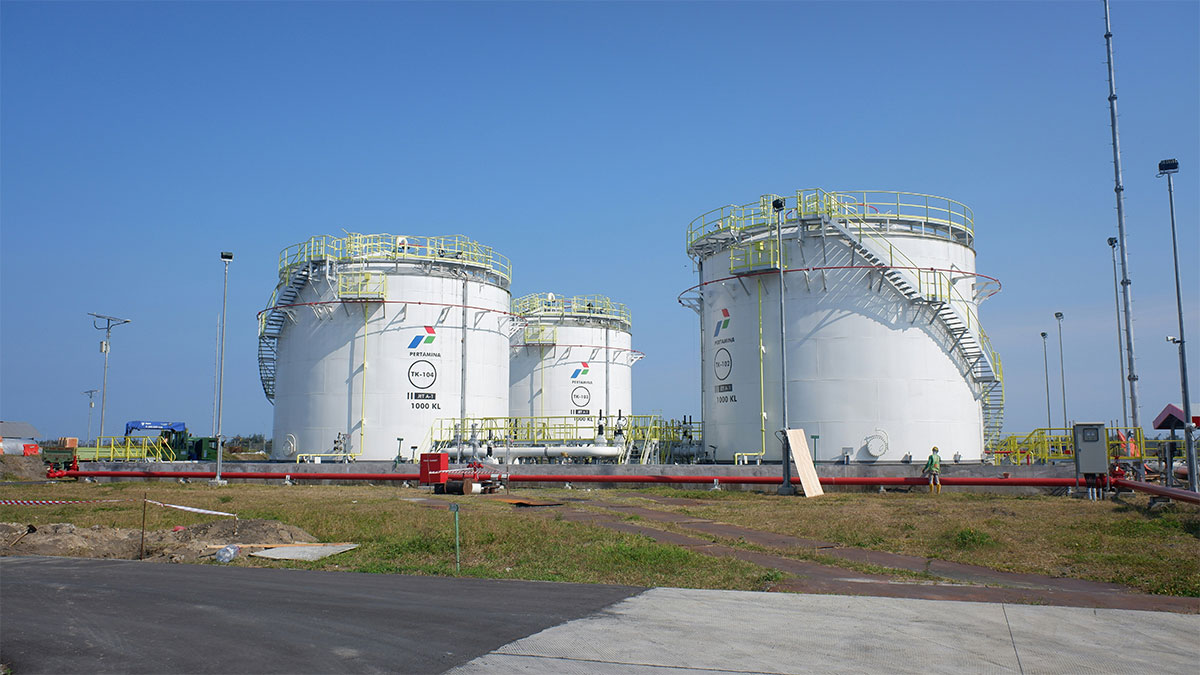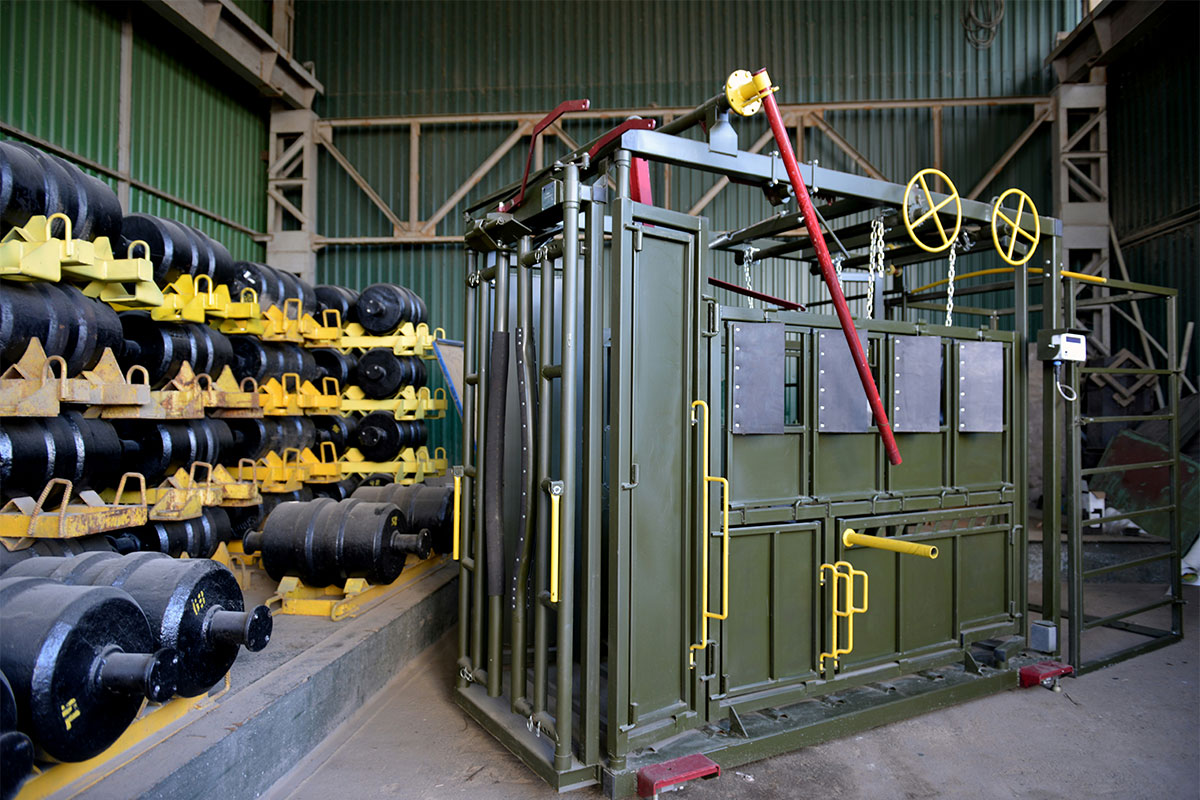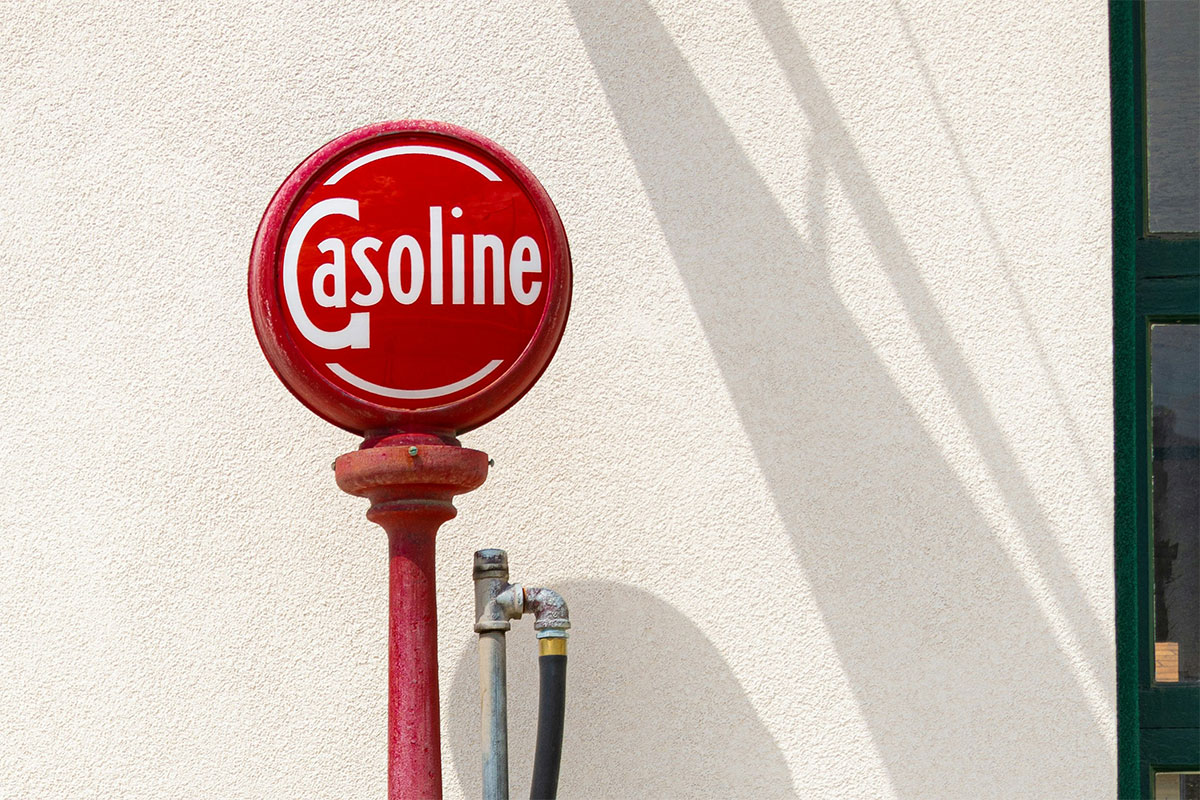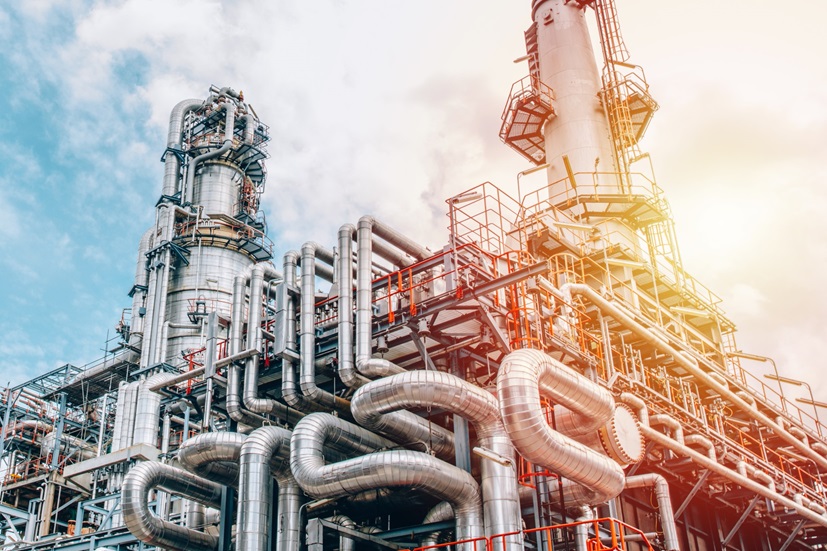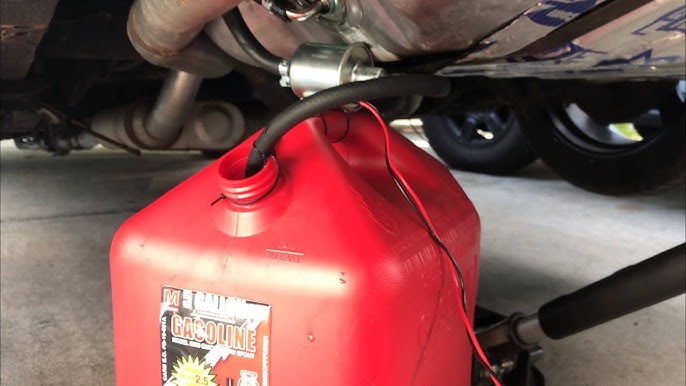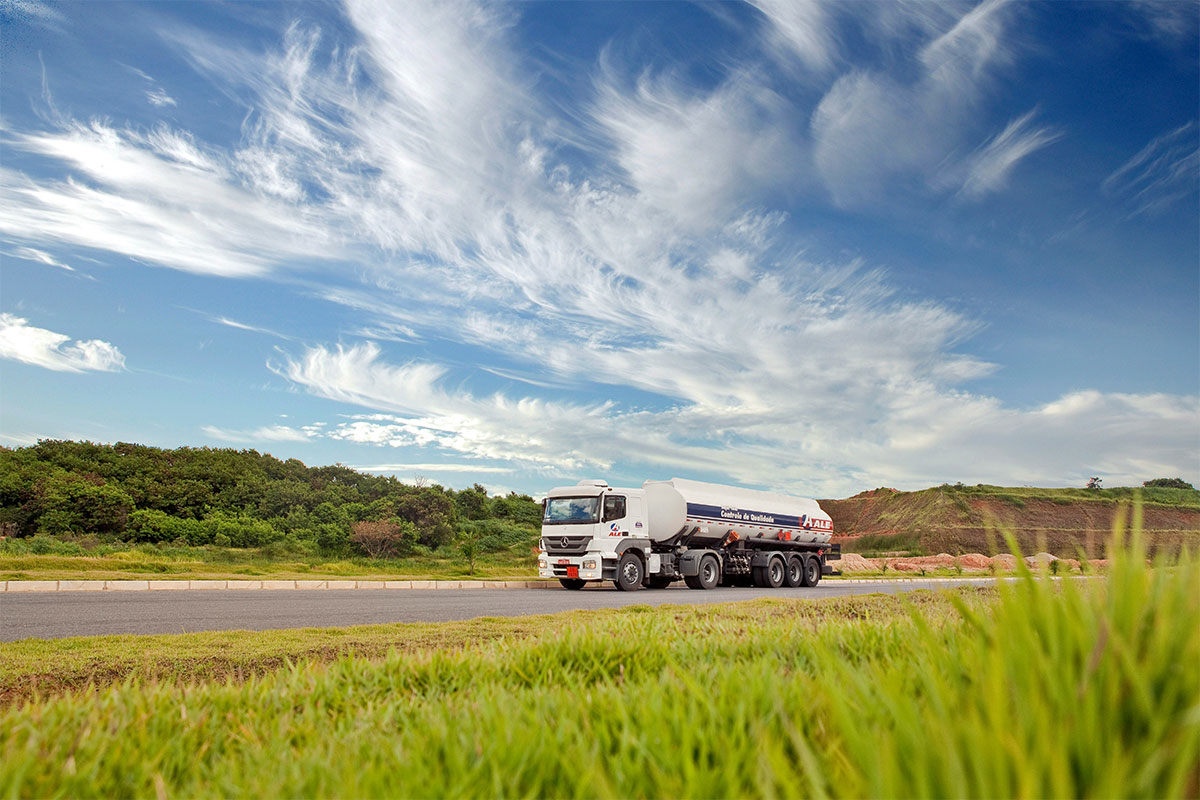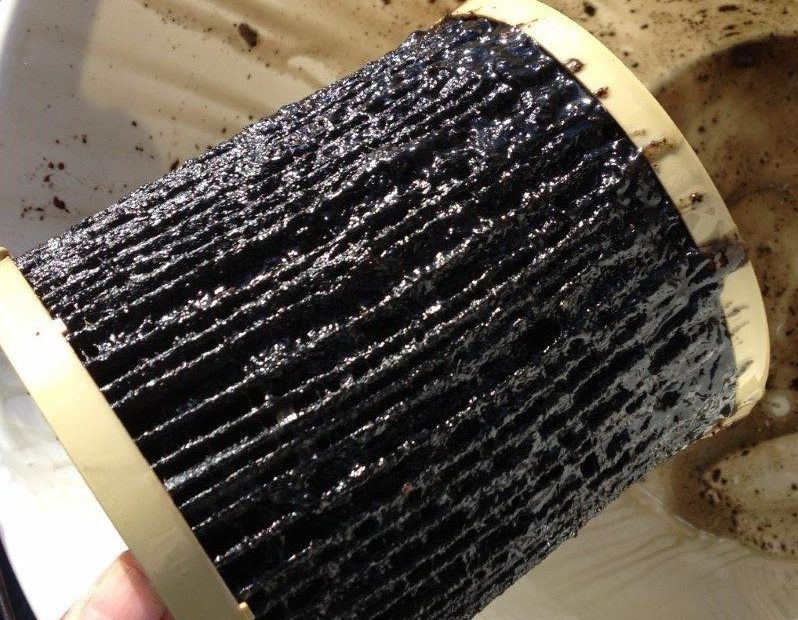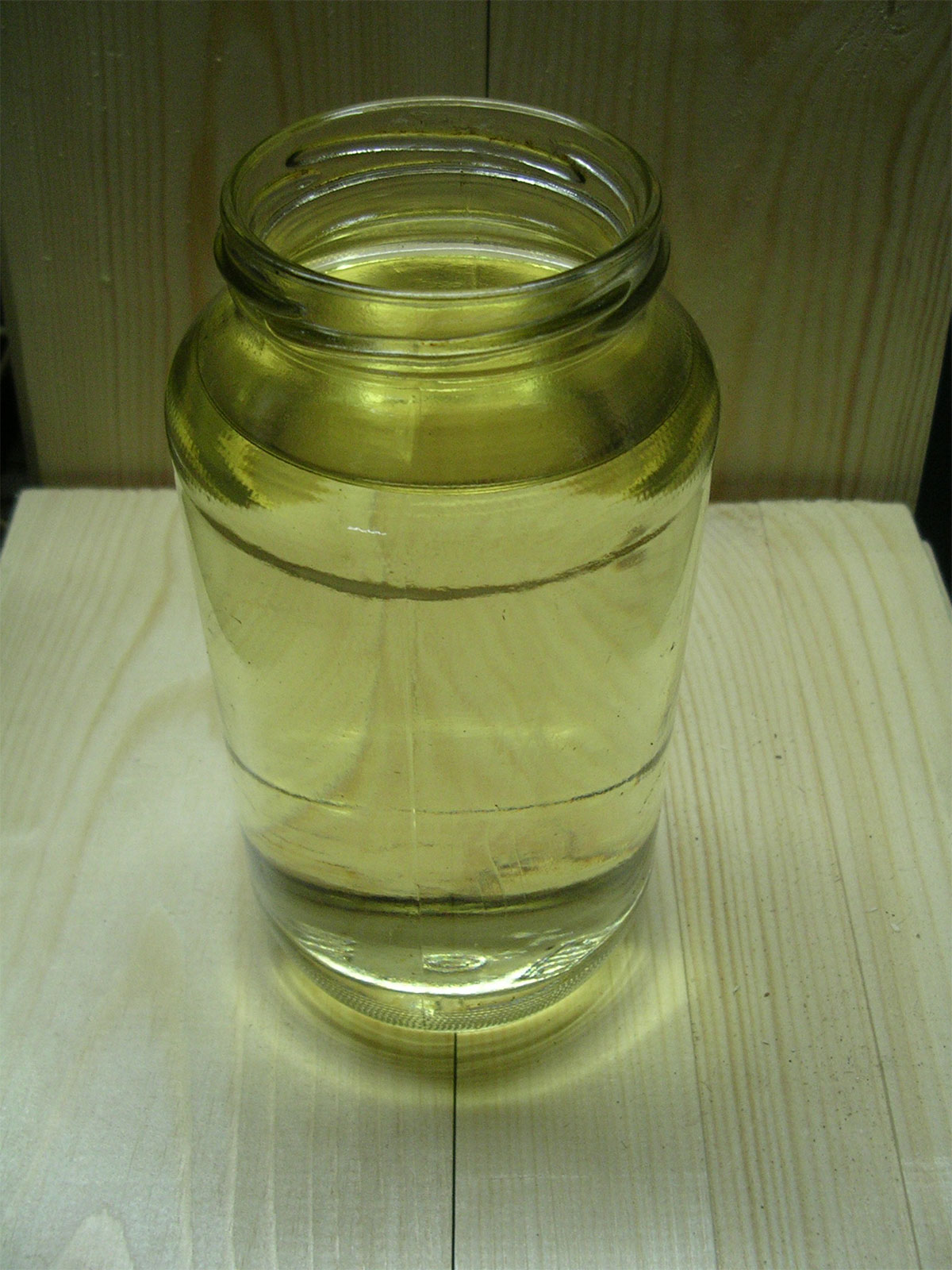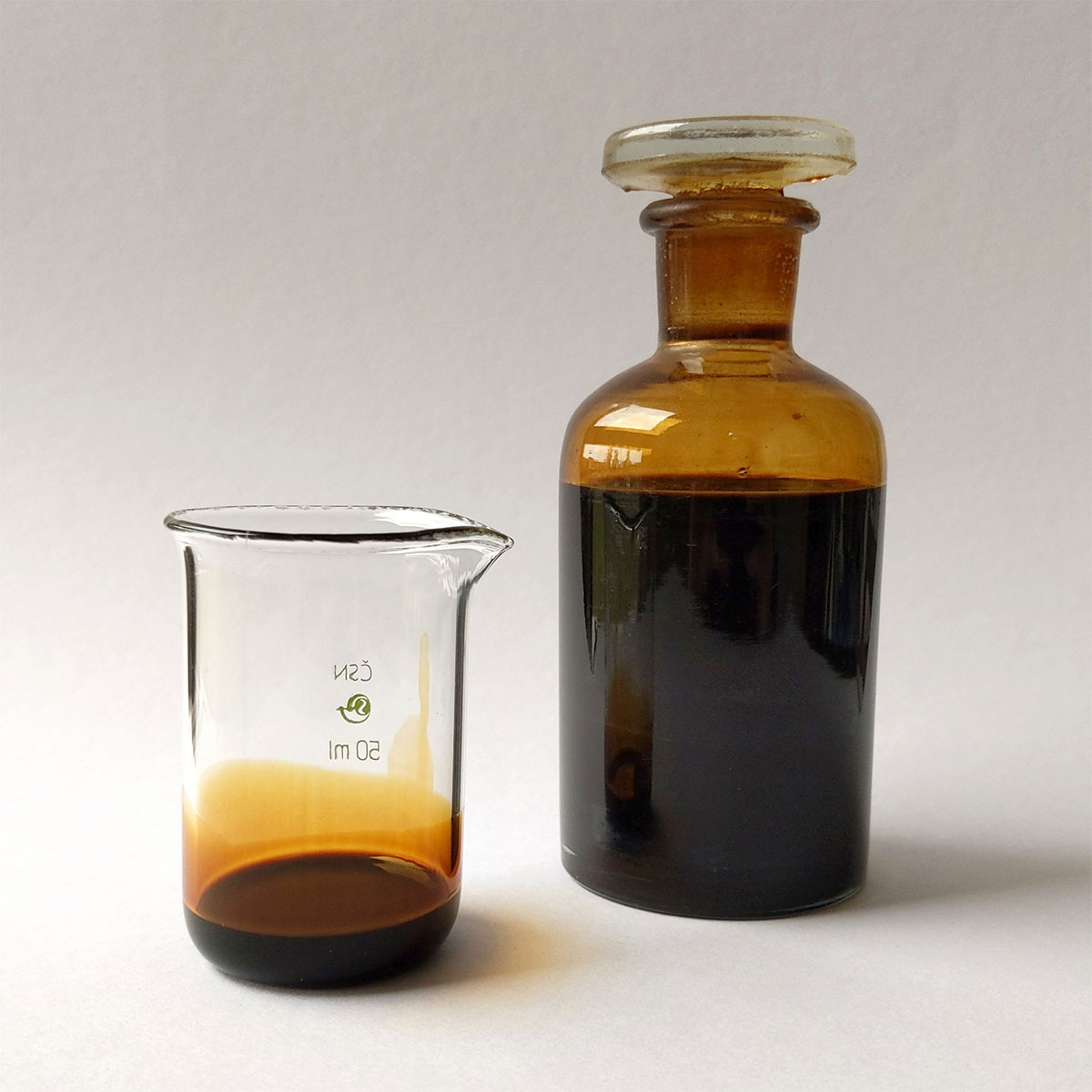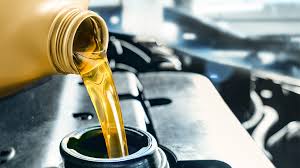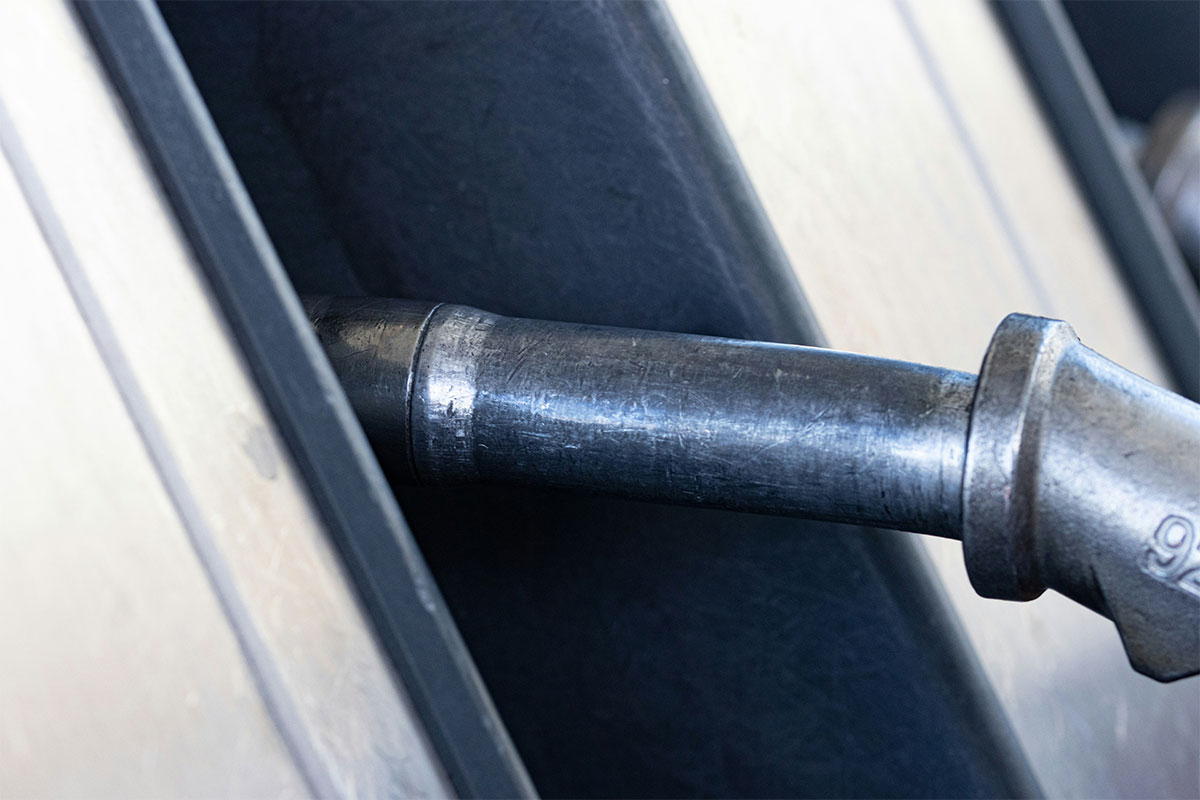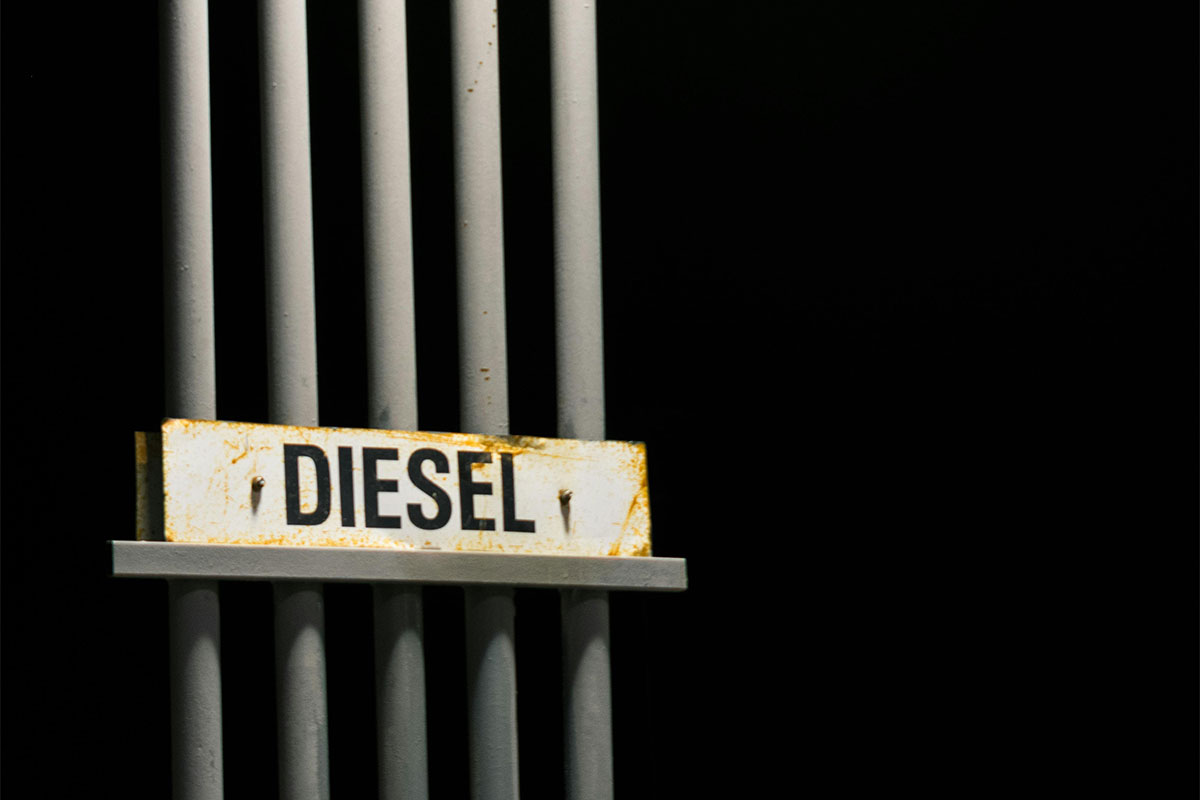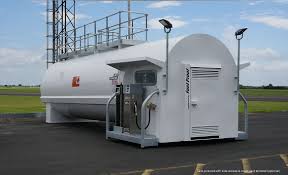Key Takeaways
- Disposing of old gas improperly can result in fines and environmental damage.
- Always store old gasoline in approved containers before transport or disposal.
- Learn how to dispose of gasoline safely at certified hazardous waste facilities.
- Never pour old gas down drains, onto soil, or into water systems.
- Reuse or recycle gas when possible to minimize waste and environmental impact.
Table of Contents
How To Dispose Of Old Gas
Old gas is hazardous waste and should ideally be disposed of in a hazardous waste facility or at least dropped off at an approved collection site that accepts old fuels and flammable liquids. Before you get them to the approved sites, you need to transfer the old gas into a certified gas can. You do this while working in a well ventilated area using gloves, goggles and non-sparking tools.
You can’t pour old gas into the grounds, the sink or anywhere else. If you’re unclear on what to do, contact the local fire department or any environmental protection agency branch around you. You should also not mix old gasoline with fresh fuel or burn it because you can cause an explosion or you can be liable to legal penalties
How To Get Rid Of Old Gas Safely And Legally
You can dispose of old gas at home or at a professional facility. This is the proper way to do it;
| Option | Description |
|---|---|
| At Home | You can dispose of old gasoline by carefully storing it in sealed, approved containers and delivering it to a local hazardous waste drop-off location. Never pour old gas into the soil or drains. |
| Professional Facility | Certified waste centers know exactly how to dispose of gasoline safely under environmental regulations. Some may charge a fee, but it ensures full compliance with disposal laws. |
The regulations on how to dispose of old gasoline may differ between cities and local authorities. The cities would surely have stricter rules. It’s always important to check both state and municipal waste regulators to avoid any legal consequences related to old gas disposal.
Most mechanic shops would take old gasoline that isn’t too degraded as they may recycle it for reuse in their shop. It’s also better to call a professional if you have doubts on how to get rid of old gasoline
Not Sure Where to Take Old Gas? We’ll Help You Find a Drop-Off Site.
Illegal fuel disposal can lead to fines, environmental damage, or even fires. Use our locator to find certified hazardous waste facilities near you and get rid of old gas safely.
How To Dispose Of Bad Gas From Your Vehicle Or Equipment
If you notice a rancid odor, a darker color, a cloudy feel and if your engine begins to misfire, then your gasoline is getting bad. These signs indicate that the gasoline has oxidised and isn’t combustible anymore, at this level, just get rid of the old gasoline.
If you’re trying to figure out how to dispose of old gasoline, the first thing to note is that you have to always wear gloves and goggles. If you have to drain bad gas from a lawnmower or vehicles, you can do so safely by using a siphon pump or manual extraction tool. For a small engine, tilt the tank and drain its intent into a safe container.
Clogged injectors, carbon buildup, total failure and expensive repairs. These are the risks of using old fuel in your engine that you want to avoid, you also want to make sure you avoid any hazards when removing old fuel by prioritizing safety.
Disposing Of Contaminated Gasoline Without Causing Engine Damage
When gas is contaminated, it contains water, rust, debris and oil. This makes it unsafe to use in your engine, it is hazardous waste. Don’t attempt to use contaminated gasoline in your engine as it will still pose significant risks to your engine, even if you filter it.
Stale gas, which loses volatility over time also has to be discarded safely, however it can be diluted and reused in some cases. It’s important to know how to safely dispose of gasoline to avoid bringing harm to yourself and your environment.
If your gasoline is stored in a sealed, airtight, labeled and approved gas can away from sunlight and moisture, it is less likely to get contaminated. While knowing how to dispose of old fuel is important, knowing how to prevent gasoline from getting bad is also as important. Even in the case where you need to recycle gasoline.
Got Bad Gas? Learn the Right Way to Drain and Store It.
Don’t risk spills or inhaling fumes. Our free guide shows you how to safely drain old gas into certified containers—whether it’s from your car, lawnmower, or boat.
Disposing Of Gas-Oil Mix Without Environmental Harm
Gas-oil mix is more hazardous than old gasoline, it is highly flammable and very toxic. To dispose of it, you must take it to a certified hazardous waste facility, pouring it down the drain or trashing it is dangerous and illegal.
You’ll find the gasoline-oil mix in fuel for two-stroke engines, chainsaws and outboard motors. How to dispose of bad gasoline from two-stroke engines involves strict safety measures and environmental handling instructions to avoid leaks and fire.
If gas-oil mix isn’t disposed of correctly, it will poison the environment, contaminate the soil and pollute water. If you’re learning how to get rid of old gas or oil blended fuel, it’s always better to just go to certified hazardous waste facilities. This reduces risks of harm and legal violations.
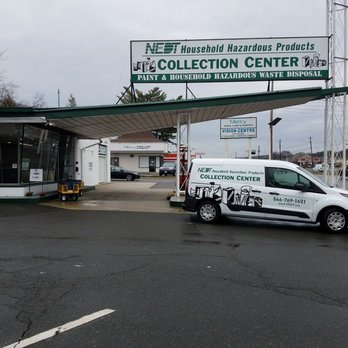
How To Dispose Of Used Gasoline From Generators And Old Equipment
Gasoline in generators degrade after 3-6 months, heat, air and moisture accelerates the degradation. If you notice a foul smell, dark coloration and hard starts, then you have to learn how to dispose of used gasoline safely and with the regulations.
Before you dispose of the old gas, you have to first drain it into an airtight certified gas container, label and store it standing upright in a cool dry place to avoid moisture and hit. Proper storage of old gasoline prevents hazards that could originate from spills or vapour.
We offer certified containers and their cleanup kits that will ease the storage and transportation of old gas to your local hazardous waste facility. We also have fuel stabilizer samples that can help extend the shelf life of your fuel.
Need Tools to Dispose of Old Fuel the Right Way?
We offer affordable starter kits with siphon pumps, gas cans, gloves, and stabilizers—everything you need to remove, store, and transport bad gas legally and cleanly.
Where To Dispose Of Old Gas Legally And Responsibly
Your best option for how to dispose of old gasoline is a local house hazard waste (HHW) facility. These facilities can safely dispose of old fuels including contaminated gas and gas-oil mix.
Most U.S. states provide searchable databases for approved disposal sites. Use the EPA HHW Locator or check your state’s site:
Where To Recycle Gasoline And Give It A New Purpose
You may also want to know how to recycle gas and reuse fuel that is slightly degraded. You can also call mechanic shops to ask if they accept old gasoline. Some of them repurpose old fuel and use it for cleaning or other industrial uses.
You can also reuse old gas by blending it in the ratio of 1:5 with new fuel. This is only to be done if the engine is a light one. It’s not doable with car engines.
Don’t recycle gasoline that smells rancid or contains debris, your only safe option is disposing of gasoline.
What To Do With Old Gas When It Can No Longer Be Used
If you have small spills or residues, use absorbents like kitty litter or sawdust and then dispose according to the local guidelines. Don’t dispose of old gas in your regular trash bags.
Larger amounts of old gasoline are hazardous waste, especially if they’re too degraded for reuse. To figure out how to dispose of old gasoline, contact a license disposal center closest to you.
It’s possible that some localities permit very small amounts of fuel to evaporate. However, you should never try to evaporate old gas in doors or near flames. If it is allowed, use a shallow metal tray outdoors away from animals, people, drains and fires.
What Can I Do With Old Gasoline That Is Still Partially Usable?
If the fuel is only slightly degraded and doesn’t have debris, you can mix it with fresh fuel in a 1:5 ratio. This mix is only to be sure in light engines like lawnmowers, generators and trimmers.
Don’t run old gasoline in high performance engines. It will cause them to misfire and it will blog injectors. You can extend fuel shelf life with stabilizers like STA-BIL or Sea Foam. The stabilizers can sometimes help to reverse minor degradations and reduce the need for old gas disposal.
How Do I Get Rid Of Old Gasoline Without Calling A Hazardous Waste Company?
Where you are legally permitted, you can use the evaporative method. You can also mix old gas with fresh fuel at a 1 to 5 ratio and use the blend to power light engines. Those are the few DIY methods of how to get rid of old gasoline that are acceptable.
When draining old gas from tanks or containers, use siphon pumps, airtight gas cans that are spill-proof, wear gloves, and goggles in the process. It is recommended that you use containers that are leak-proof, absorbent, and include stabilizers because these tools make it easier to safely dispose of gasoline without needing a waste company.
There are many towns which offer household hazardous waste collection days. To know the schedule in your own municipality, check the website for old gasoline disposal events. These are great options if you are unsure where to dispose of old gas but want to avoid commercial disposal services and local hazards.
How To Dispose Of Gas Cans That Held Old Fuel
Follow the following steps to safely dispose of gas cans that previously contained old gasoline.
- Empty all remaining old fuel into an approved hazardous waste container.
- Rinse the can with little amounts of fresh gas to remove residue.
- Let the can air dry in a well-ventilated outdoor area far from open flames.
- Do not rinse with water or pour residue from rinsing it down the drain.
- Take cleaned cans to a recycling center that accepts hazardous material containers.
Metal gas cans can usually be recycled but plastic fuel containers are usually considered hazardous waste and need disposal. It’s important to always check with the local waste authority and remember that in the process of how to dispose of gasoline safely even the containers themselves need to be handled with care.
In some municipalities, documentation is required when you dispose of gasoline or its containers especially if you’re doing so in bulk or in commercial settings. Keep any receipts or labels for proof of compliance.



